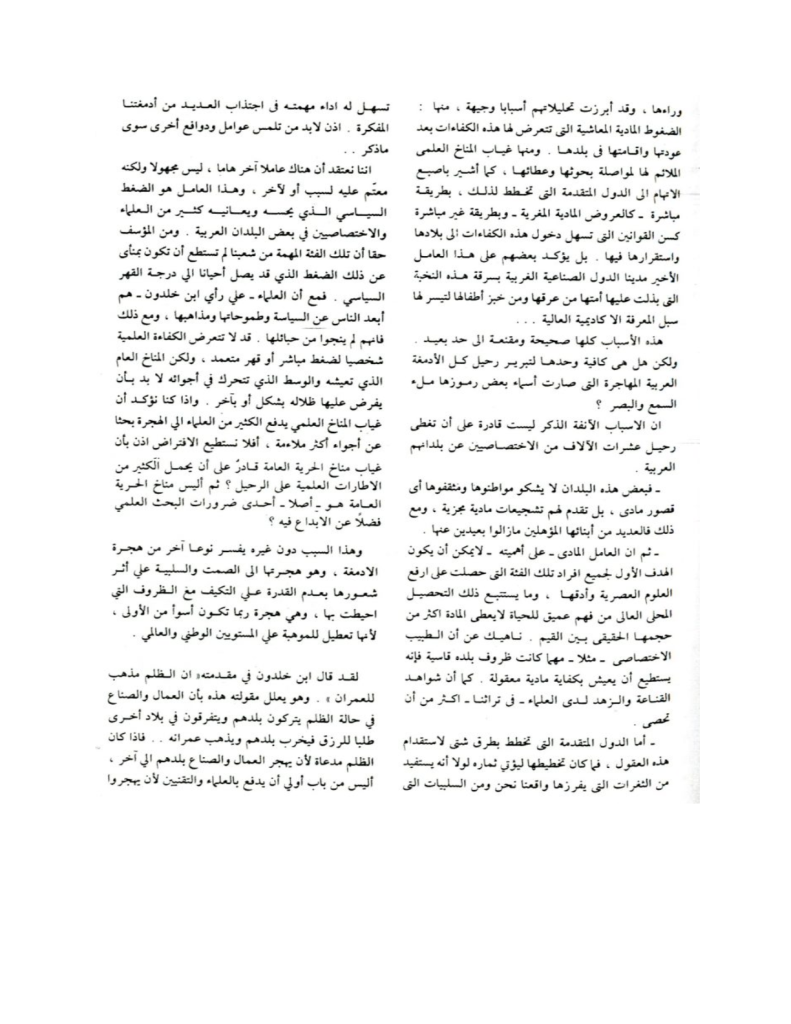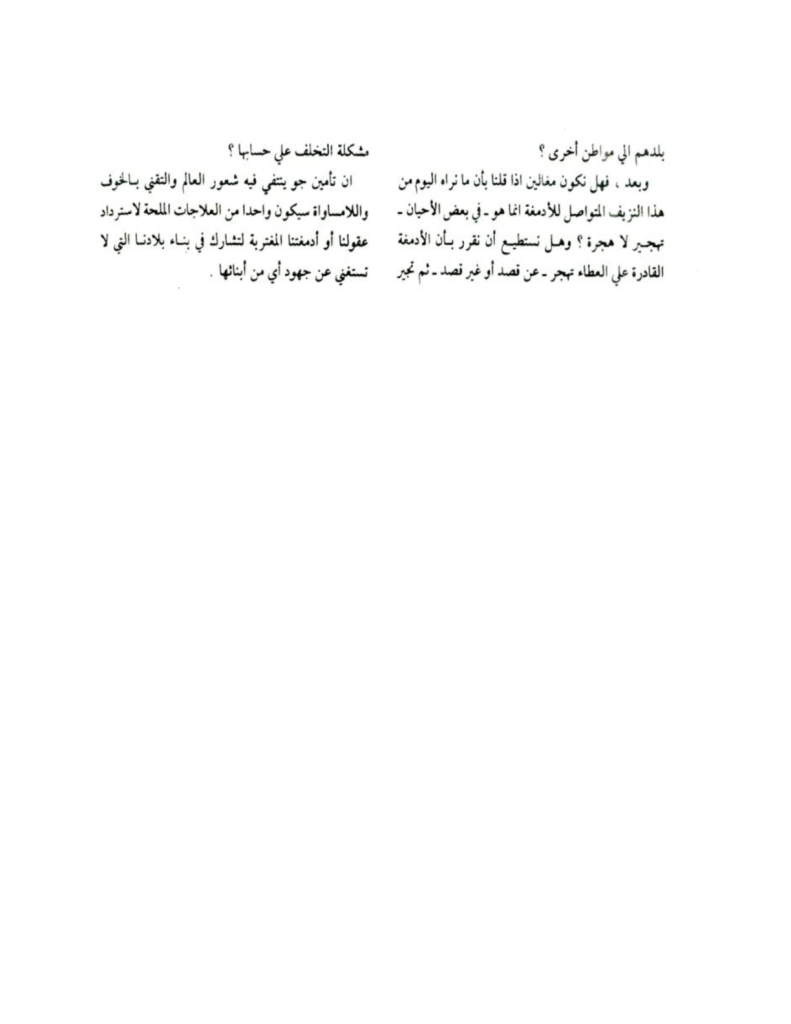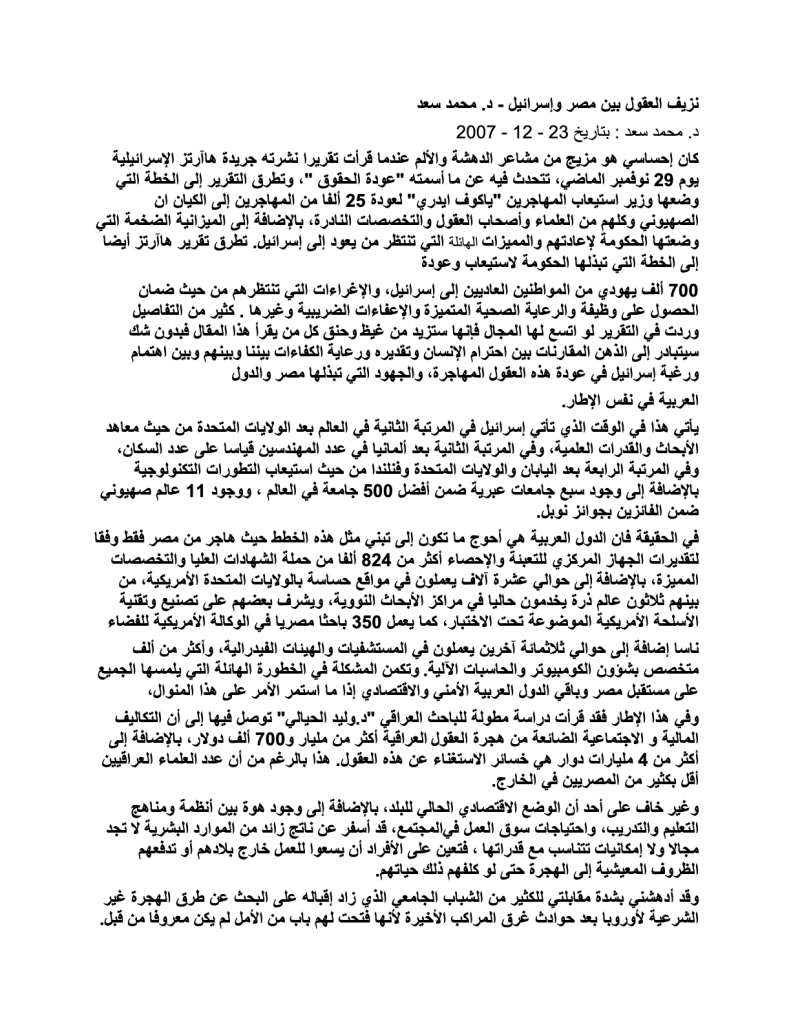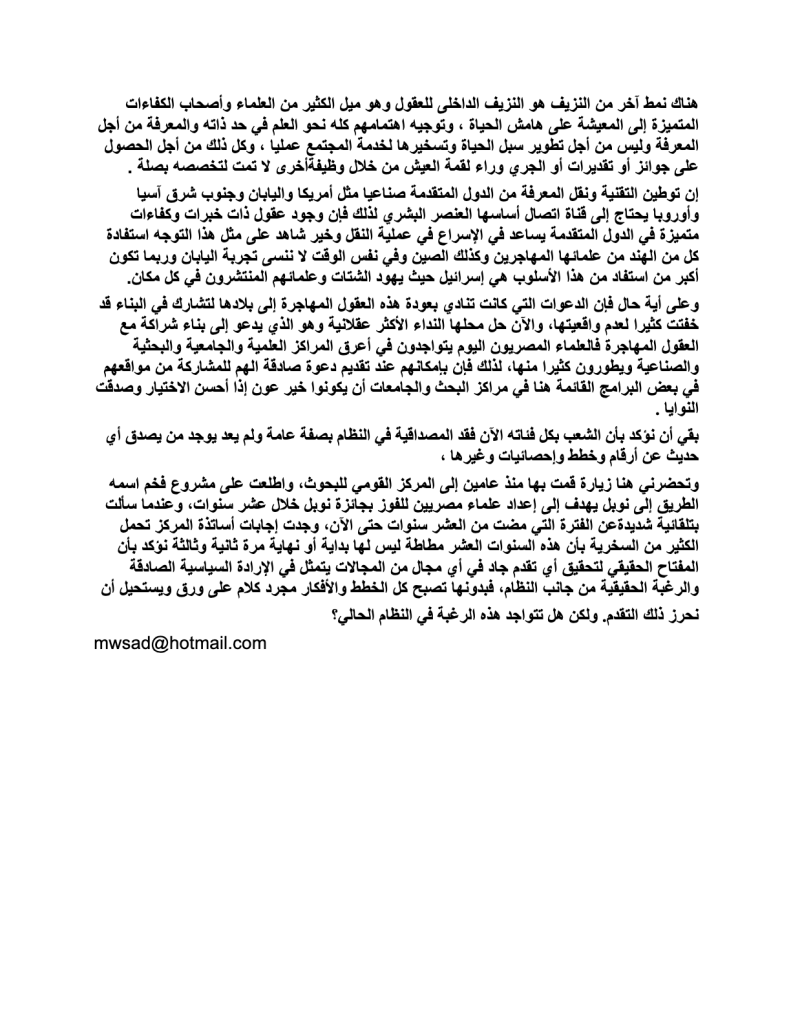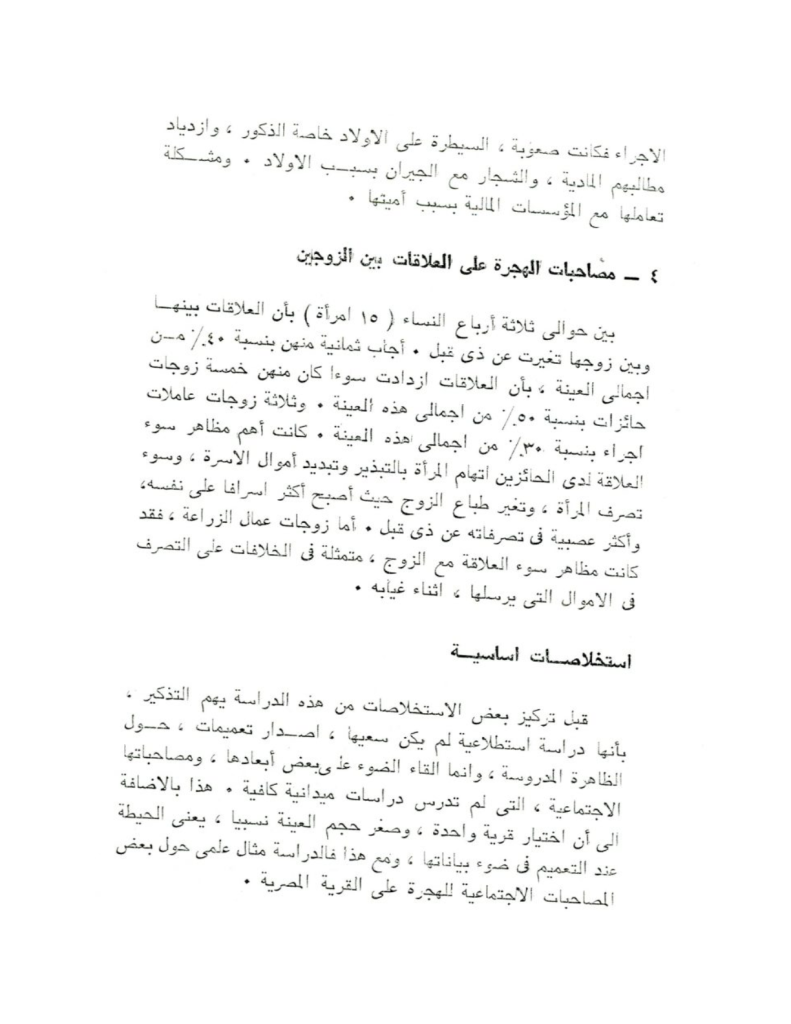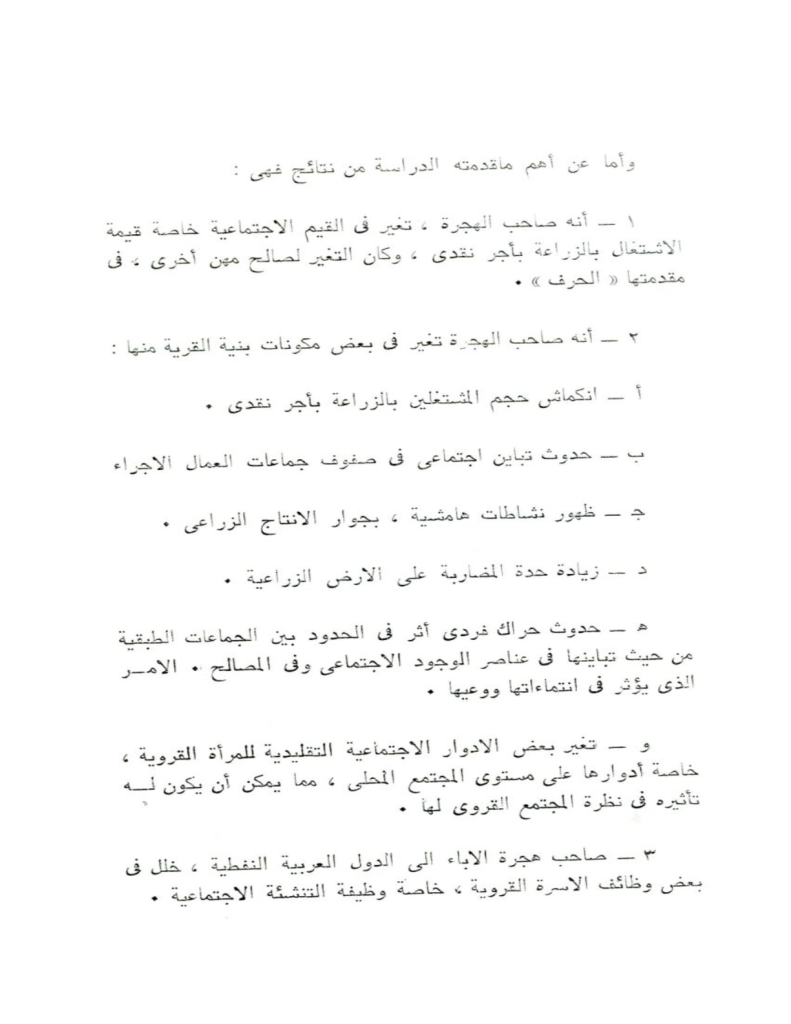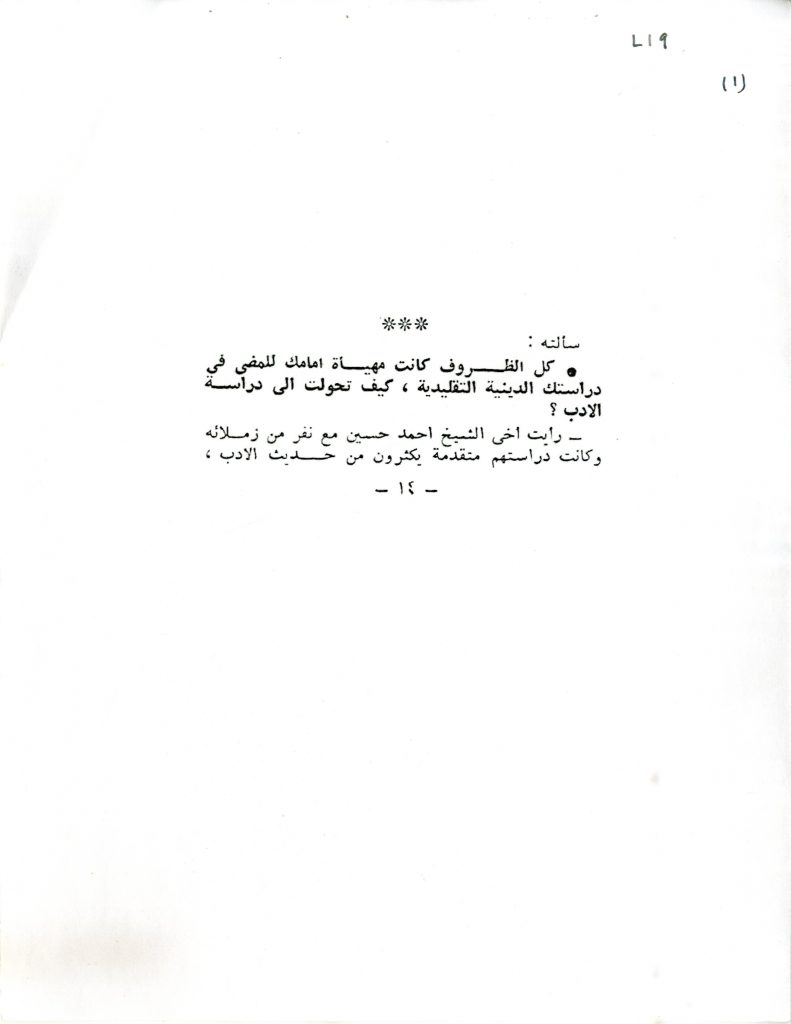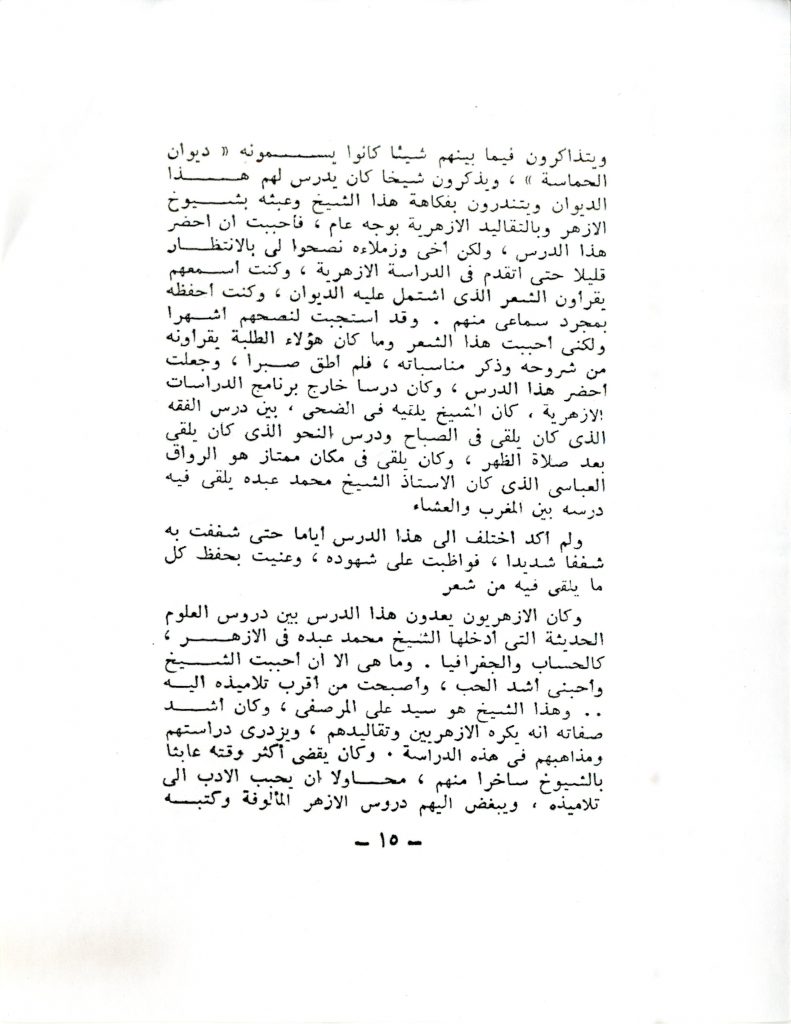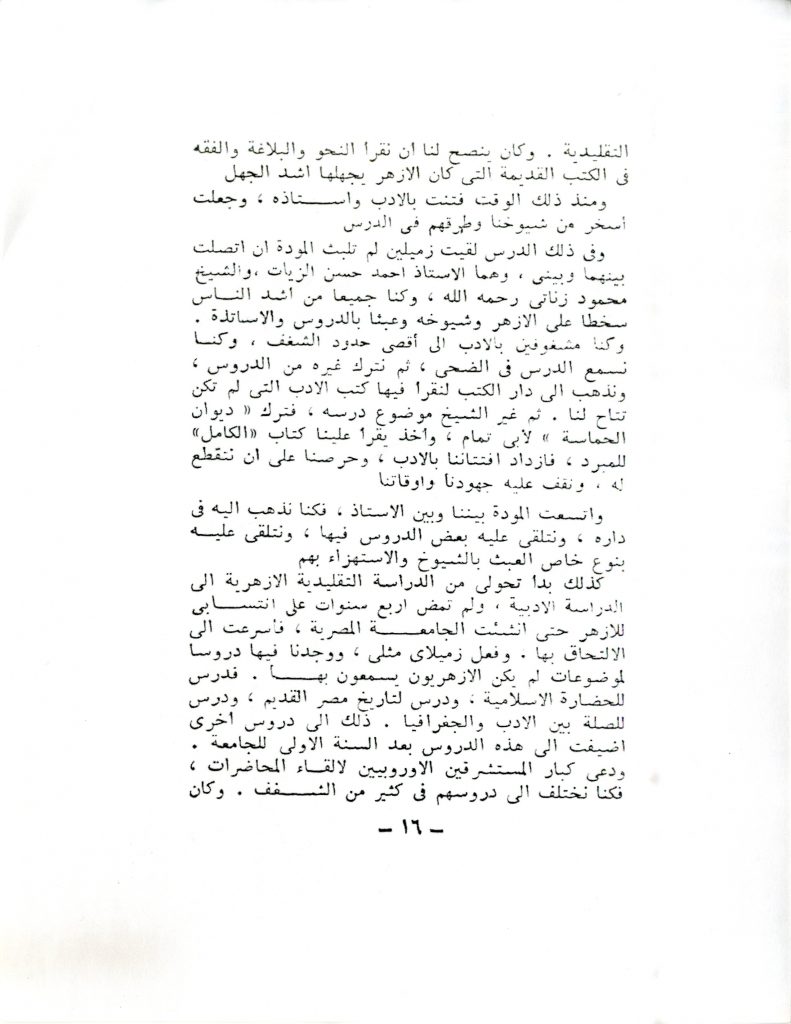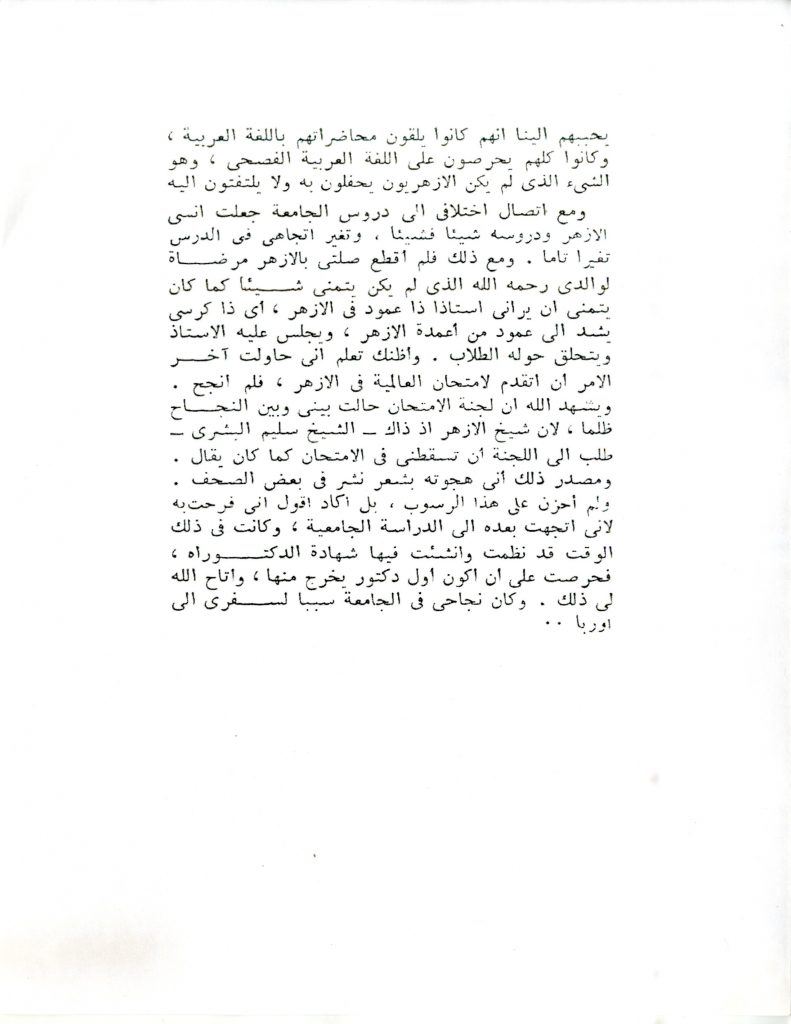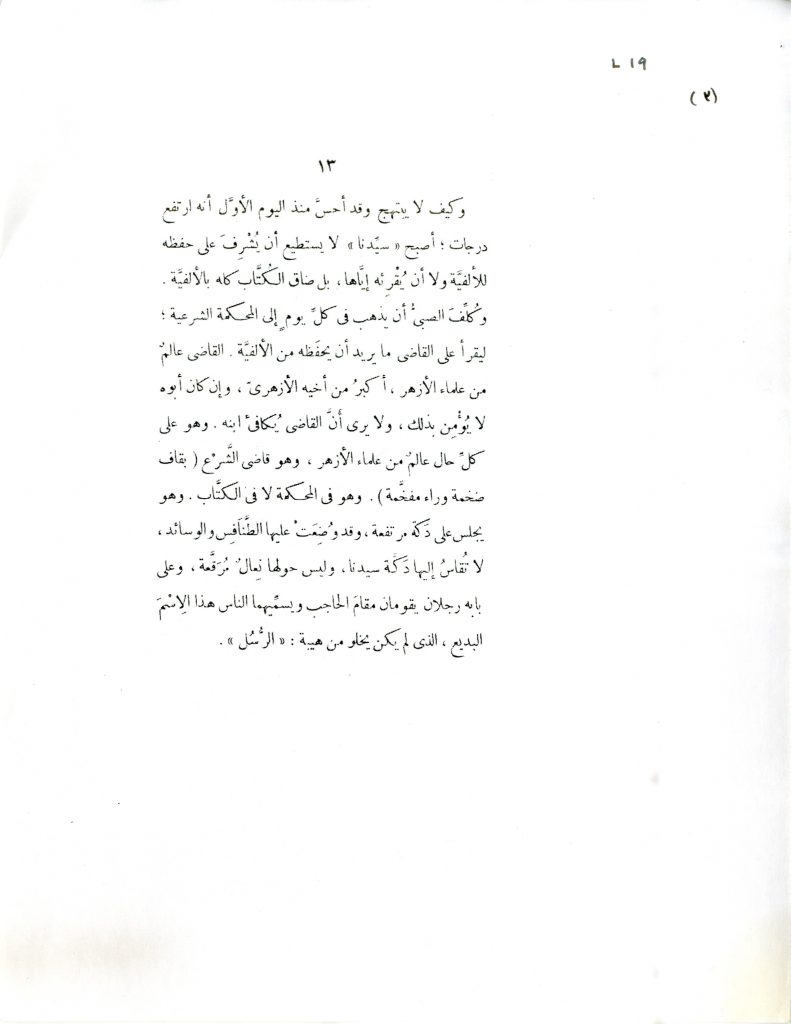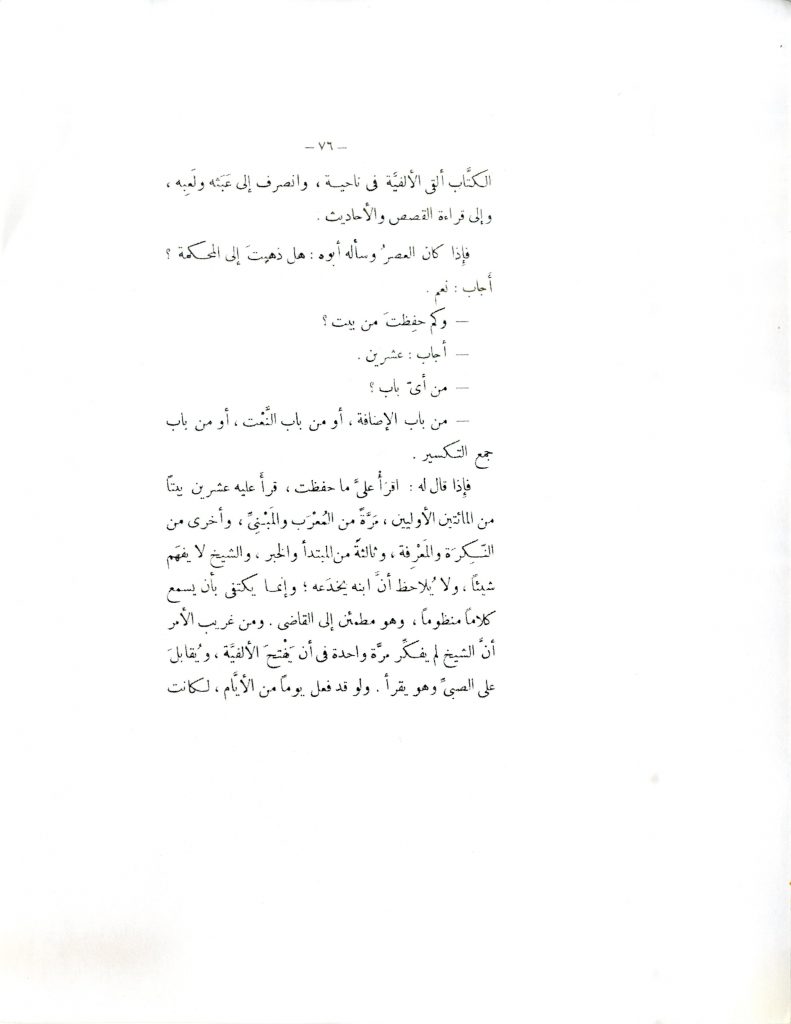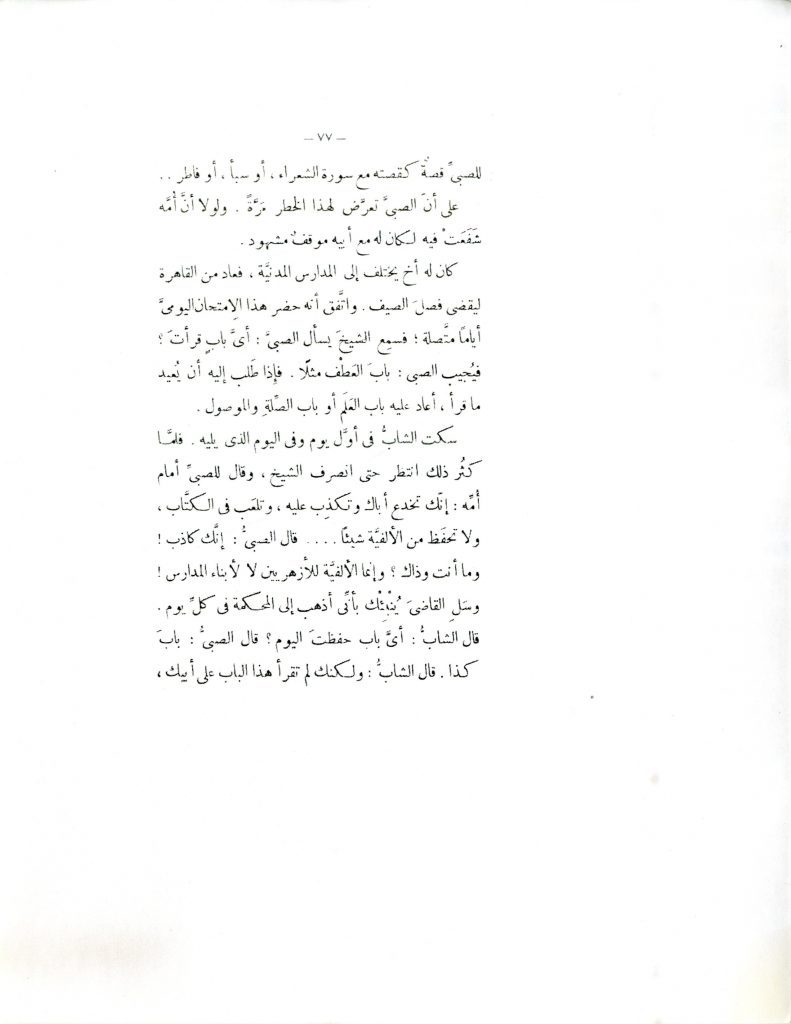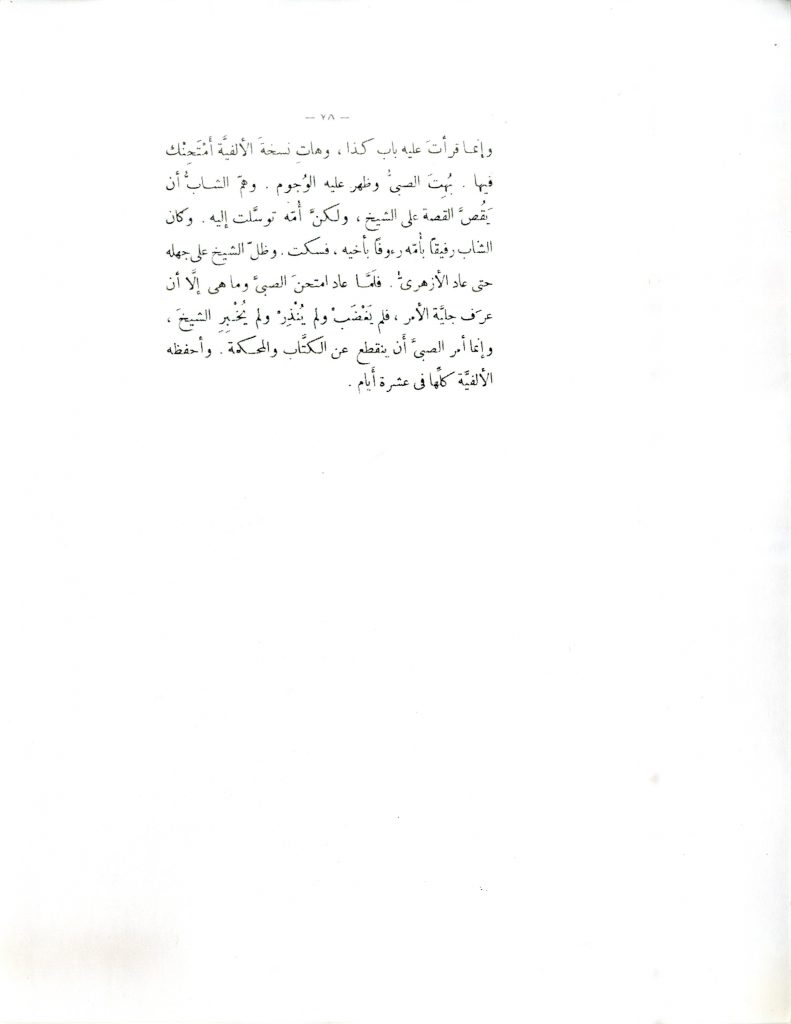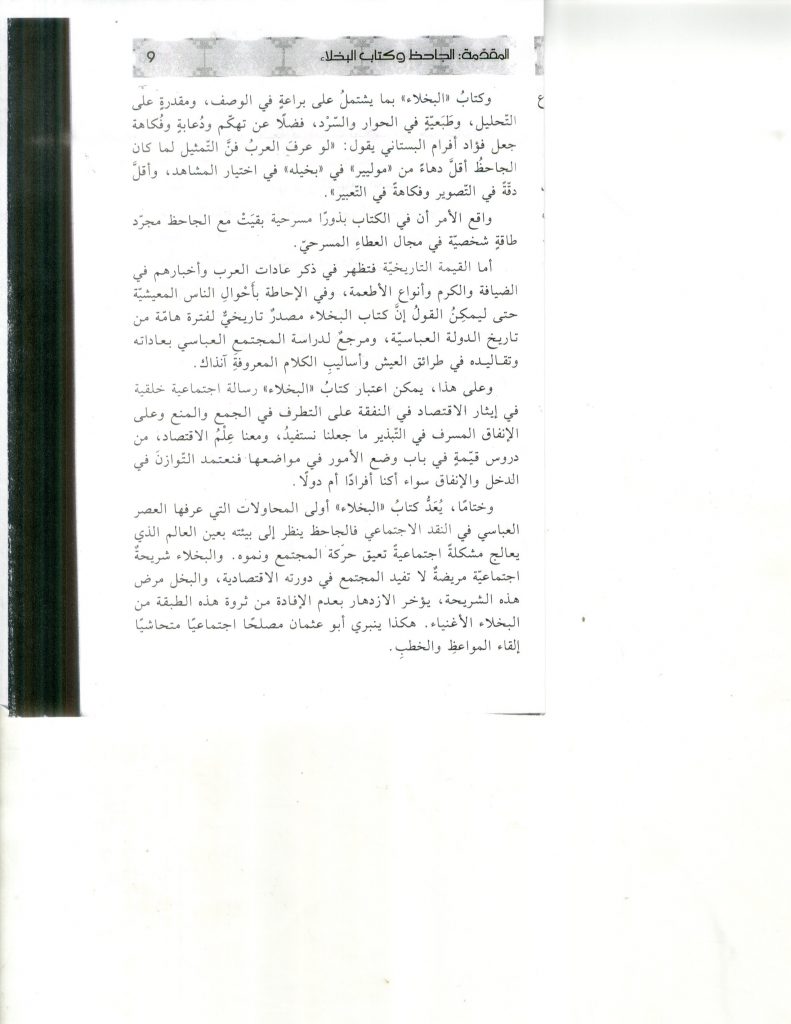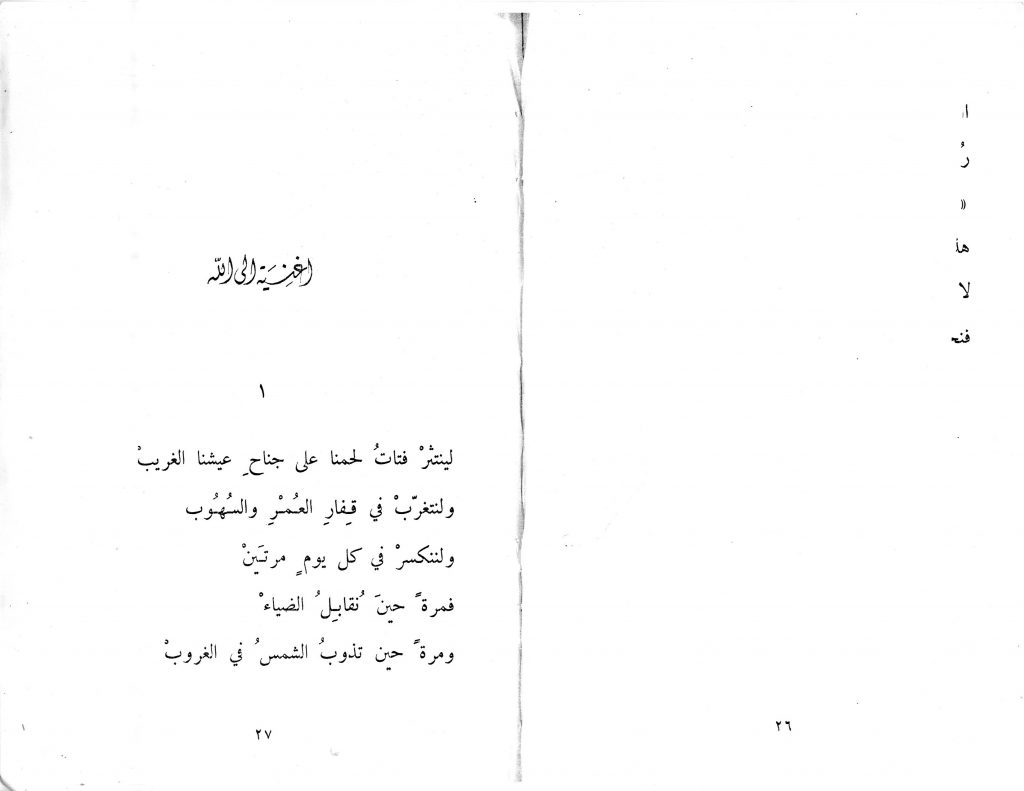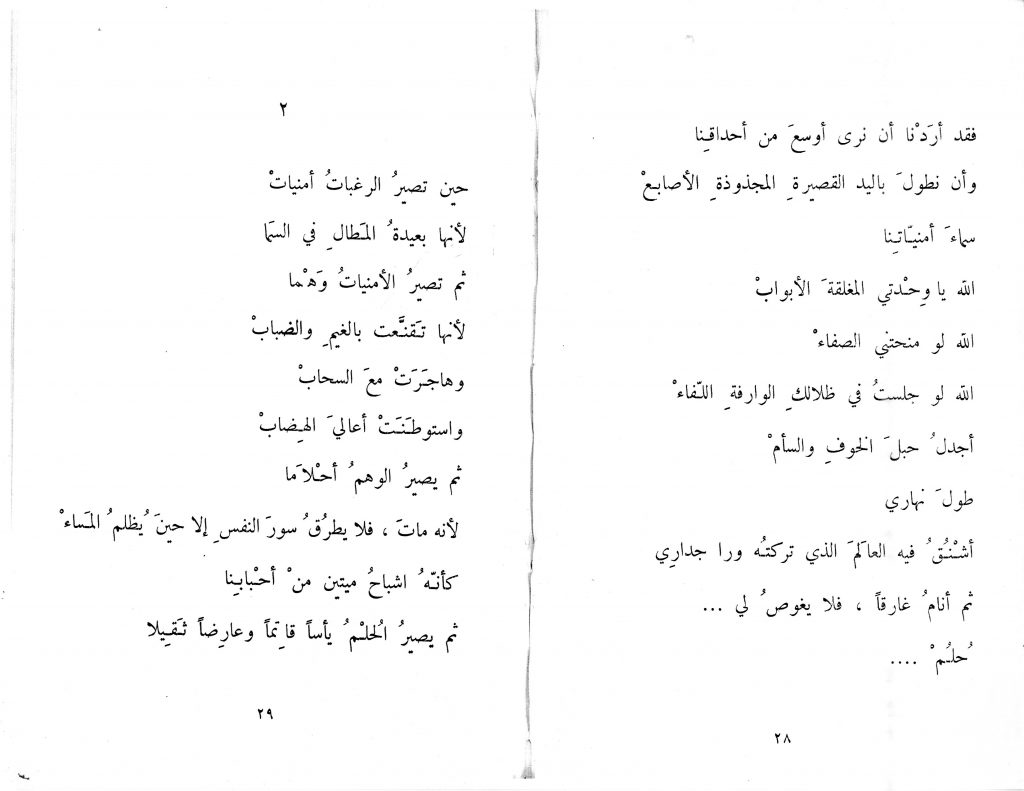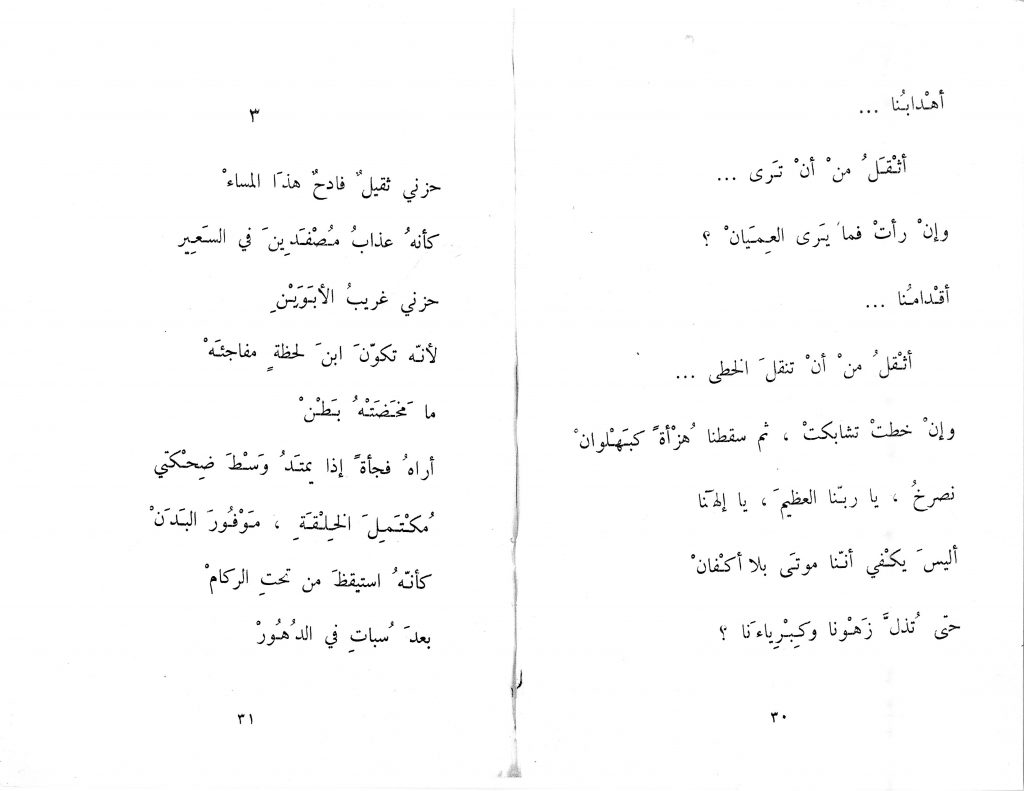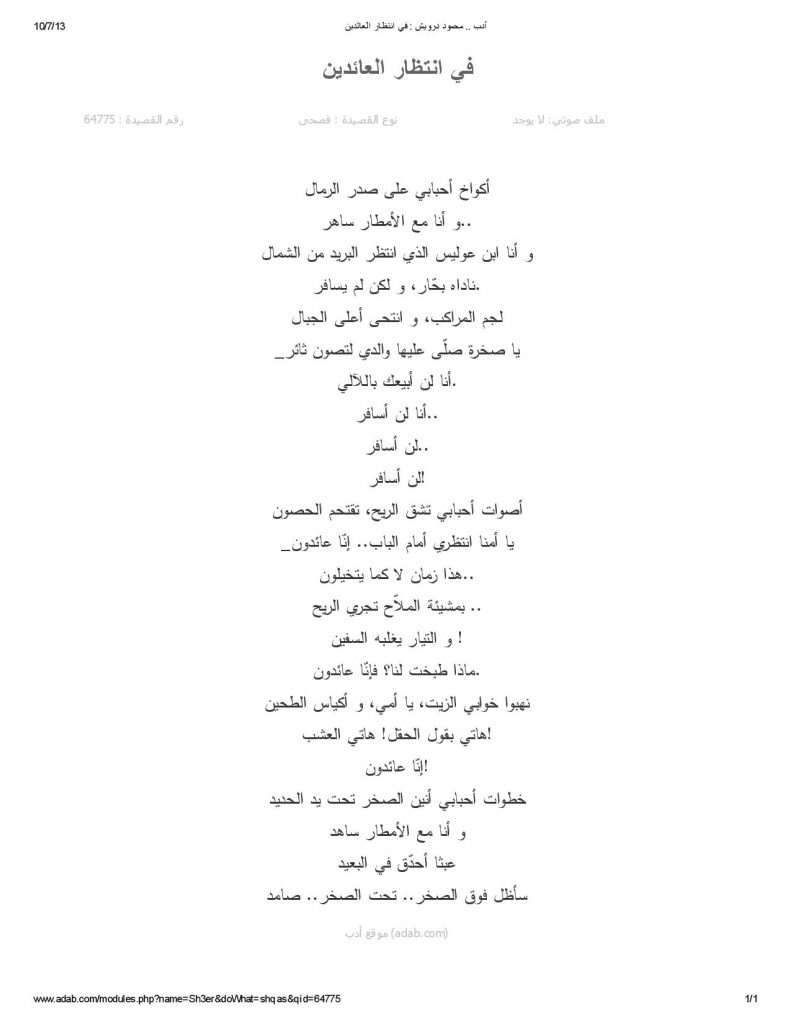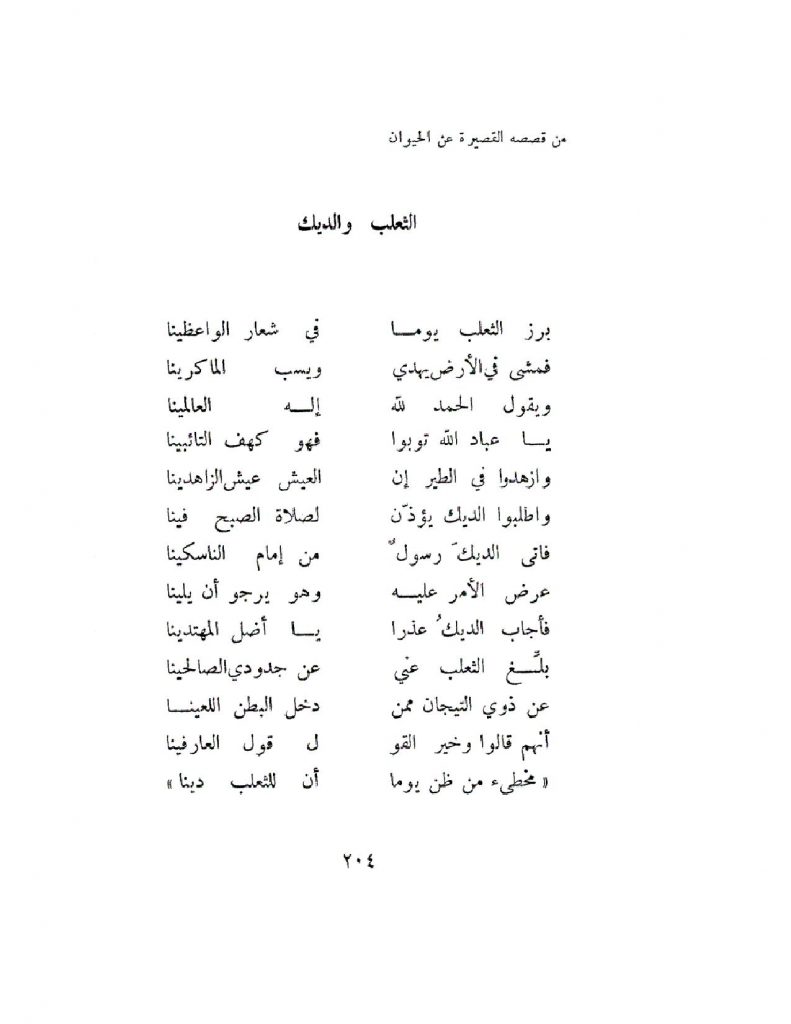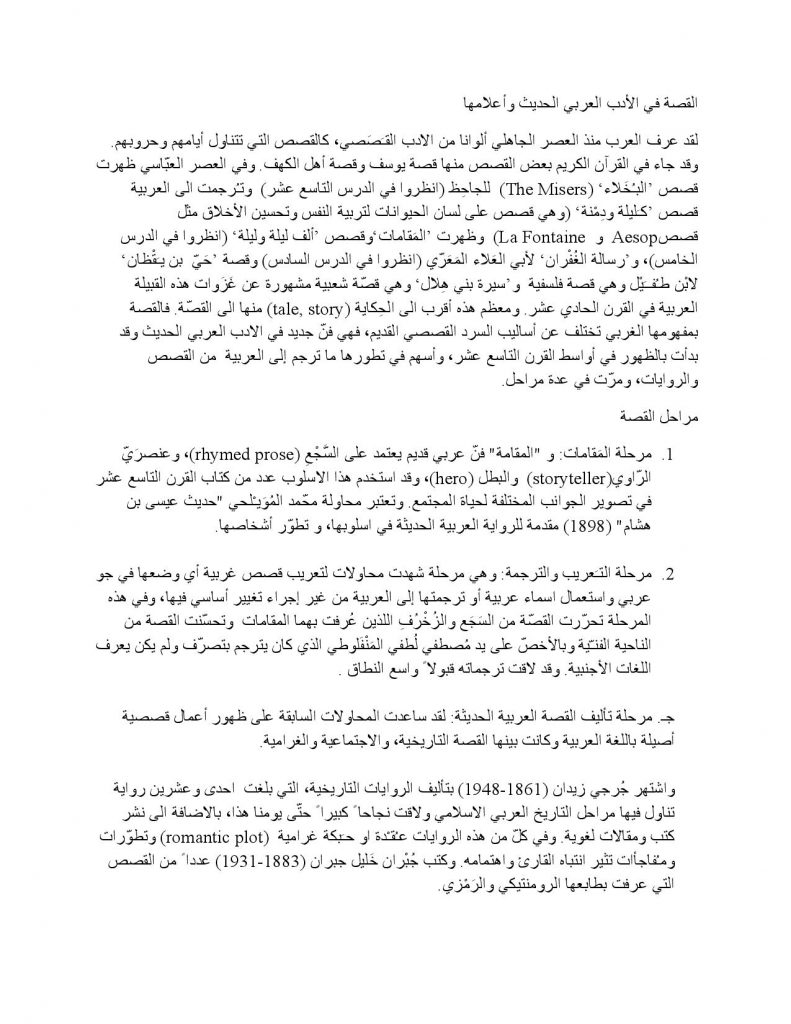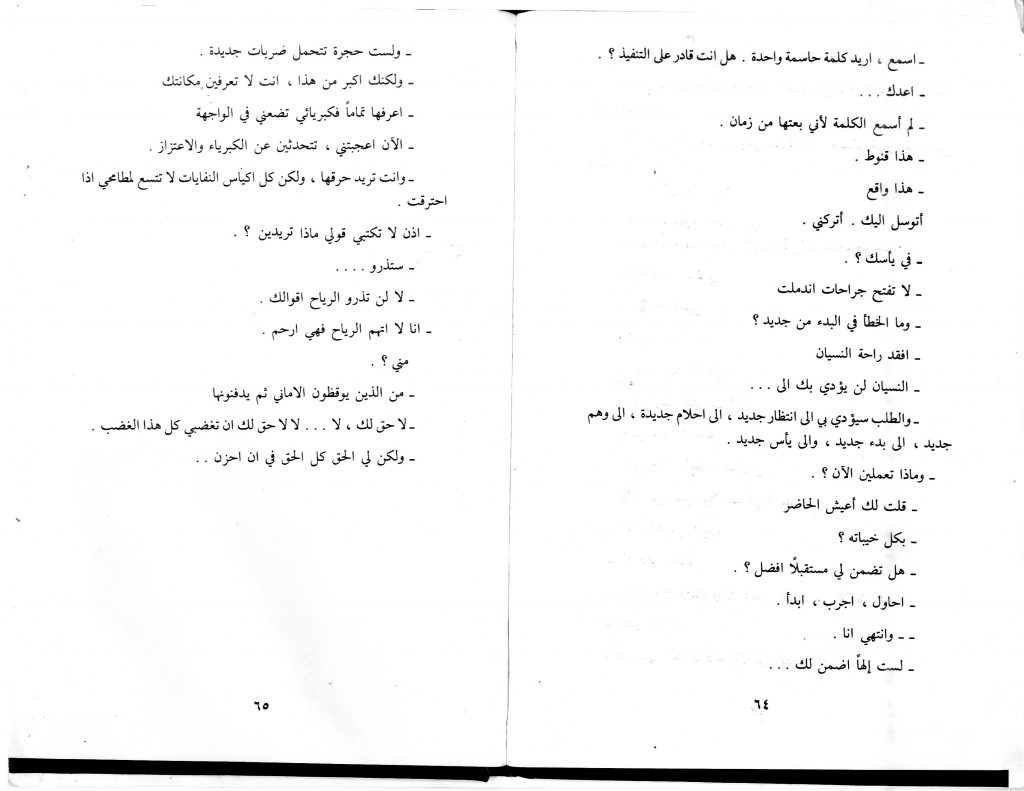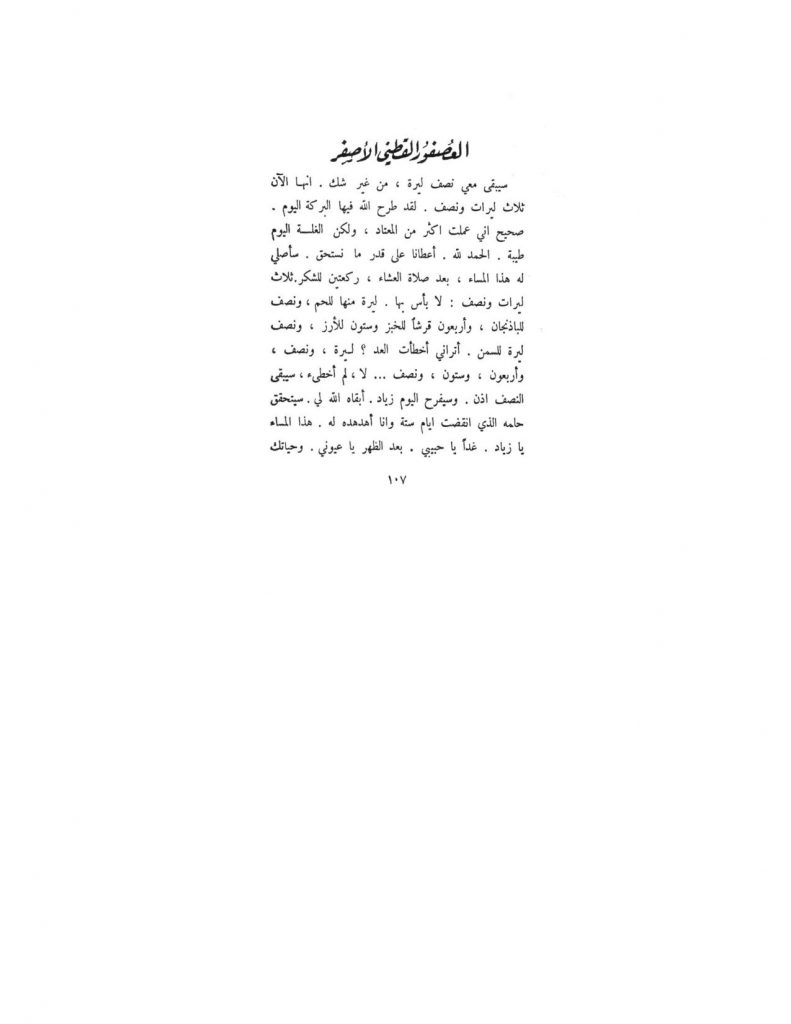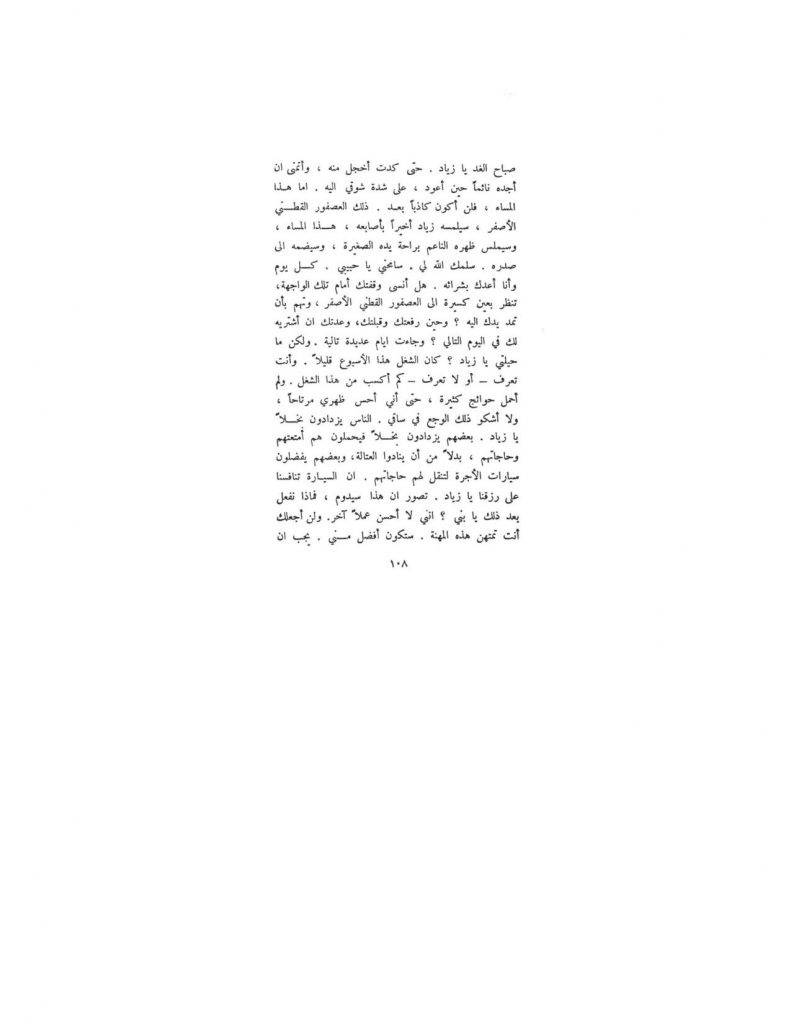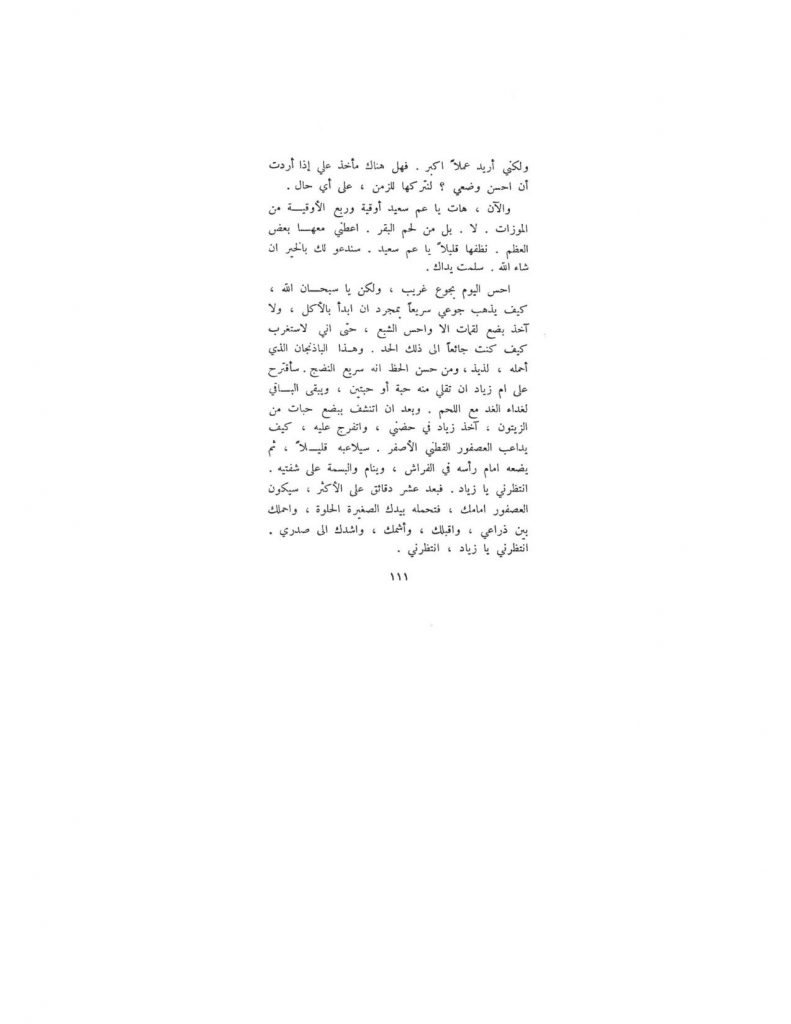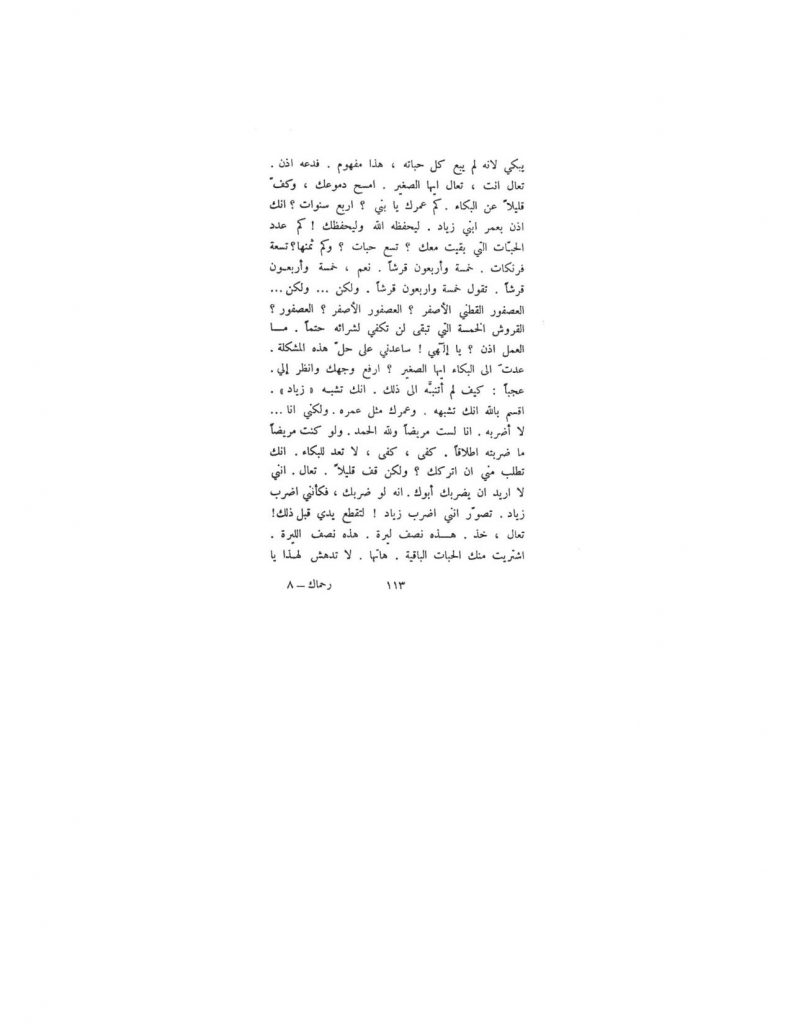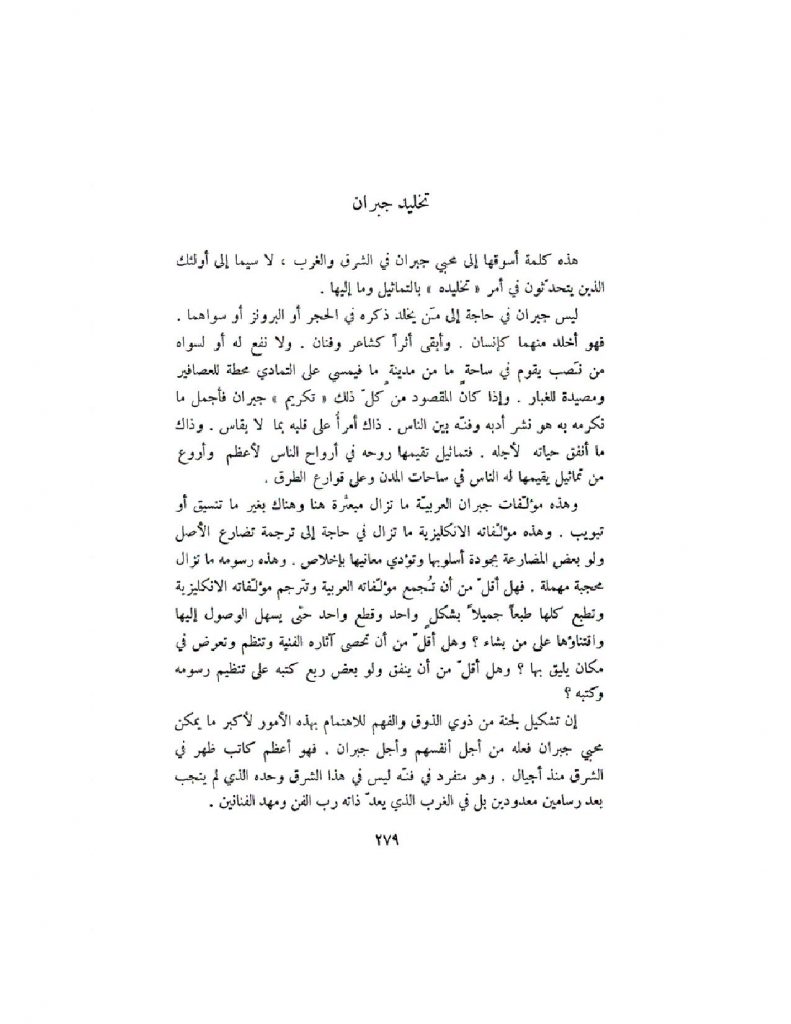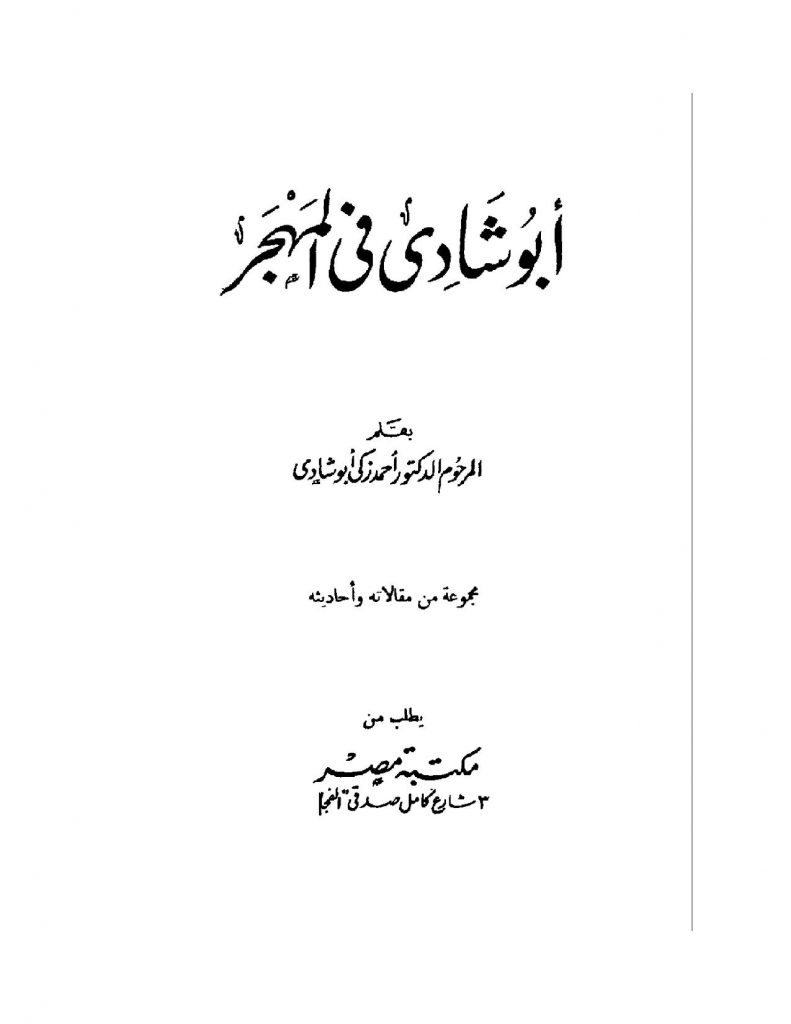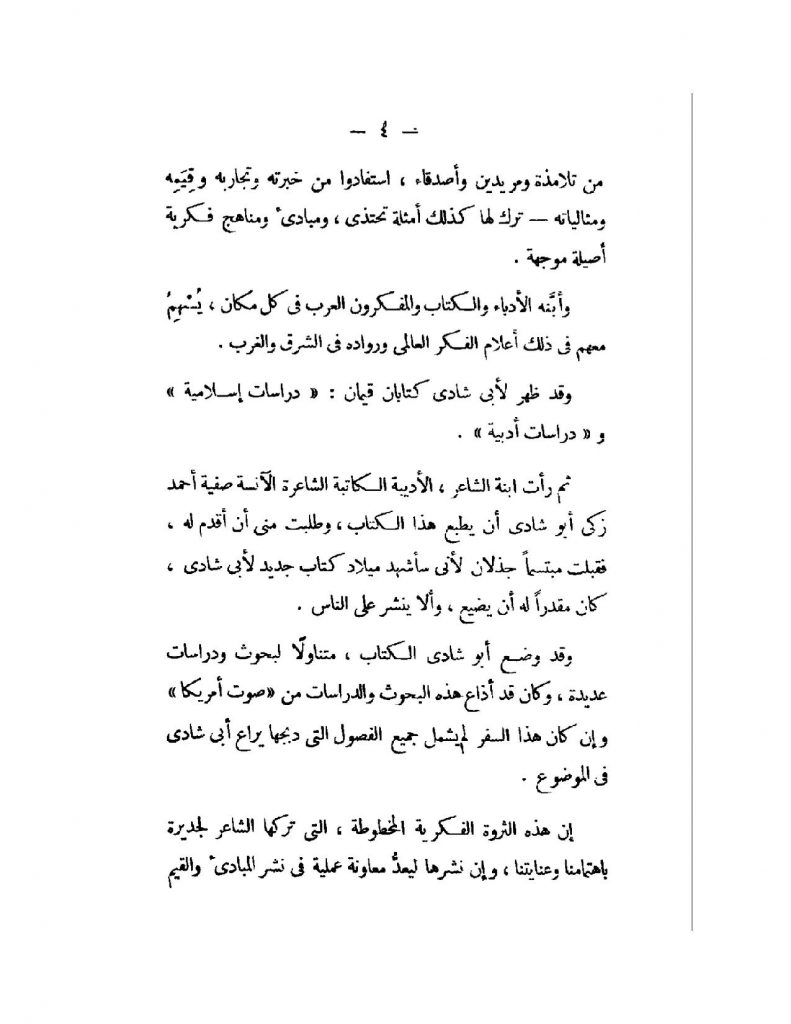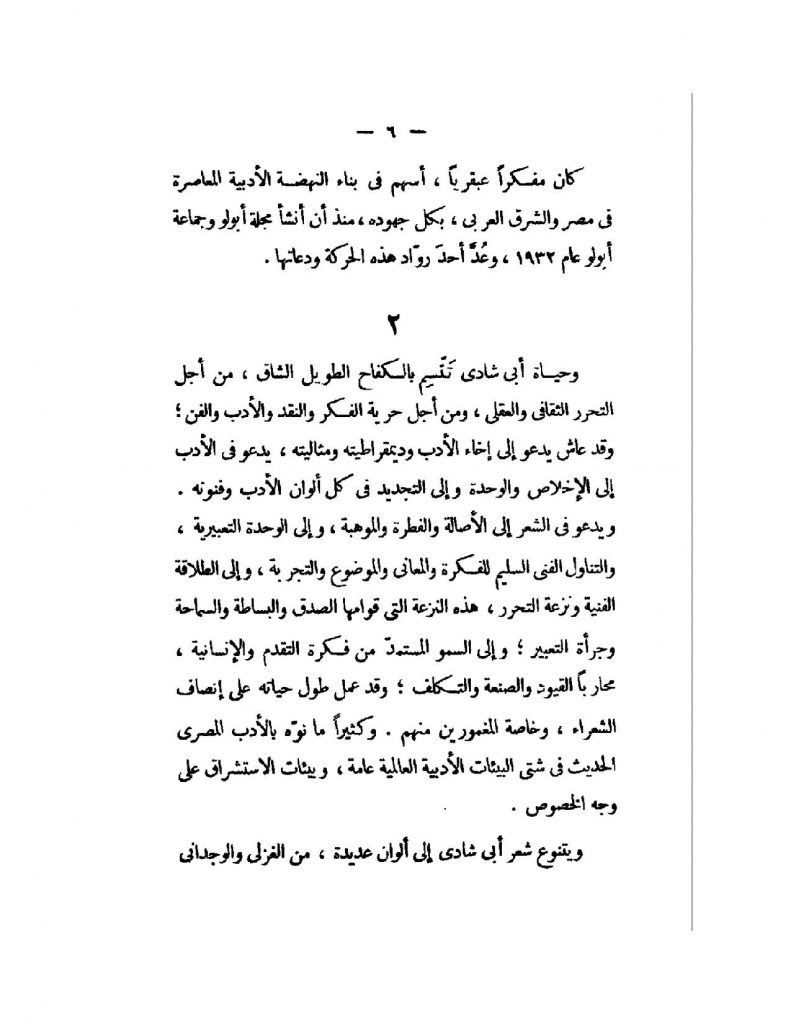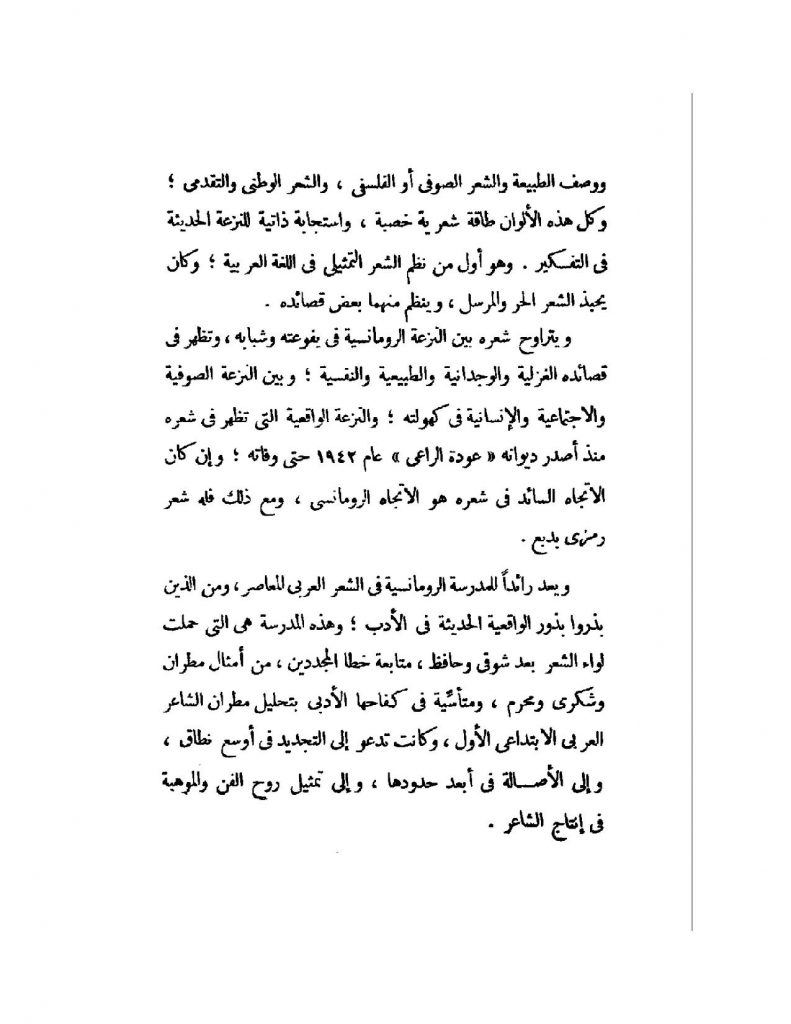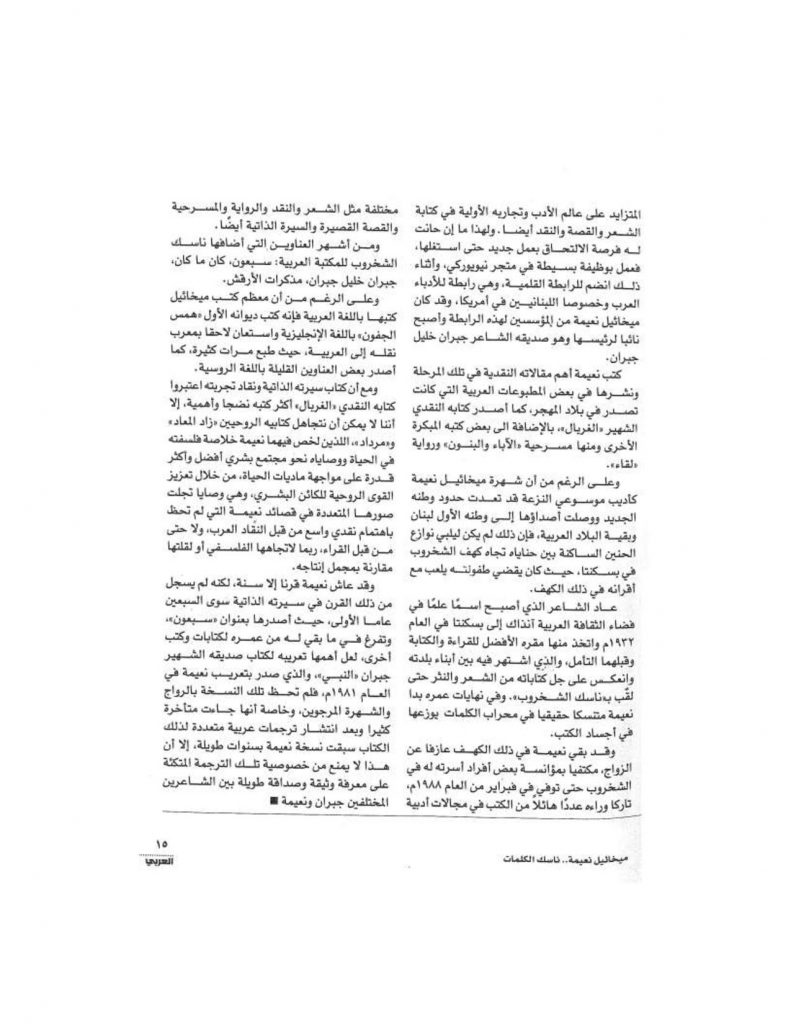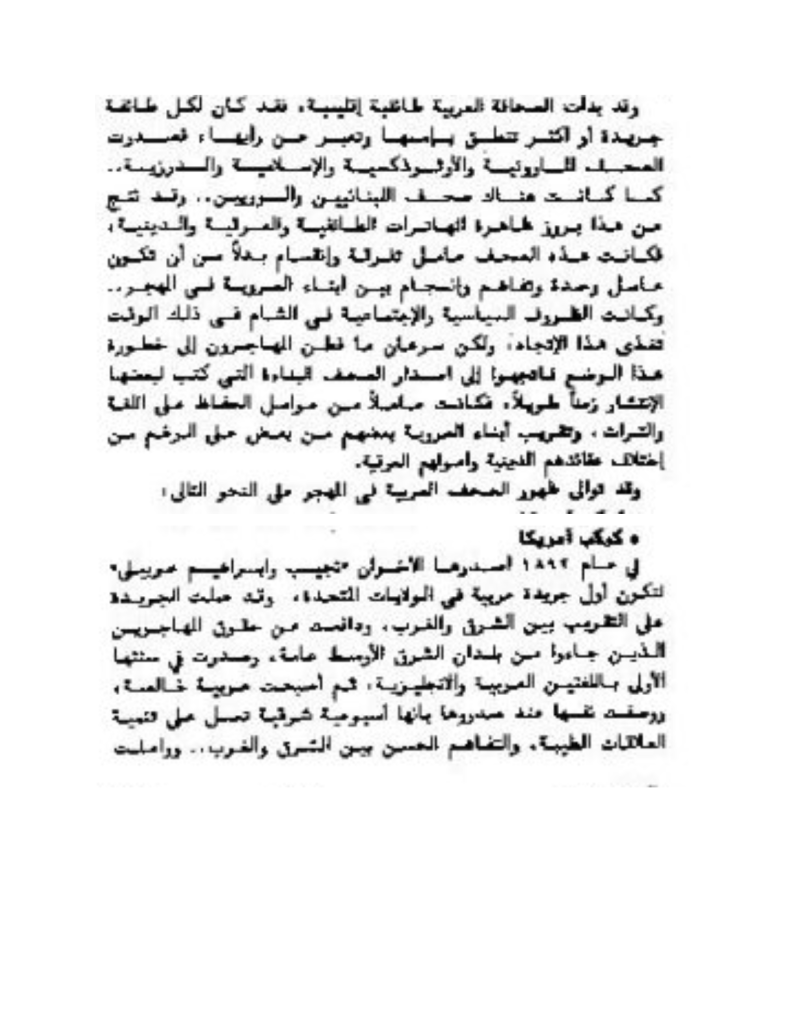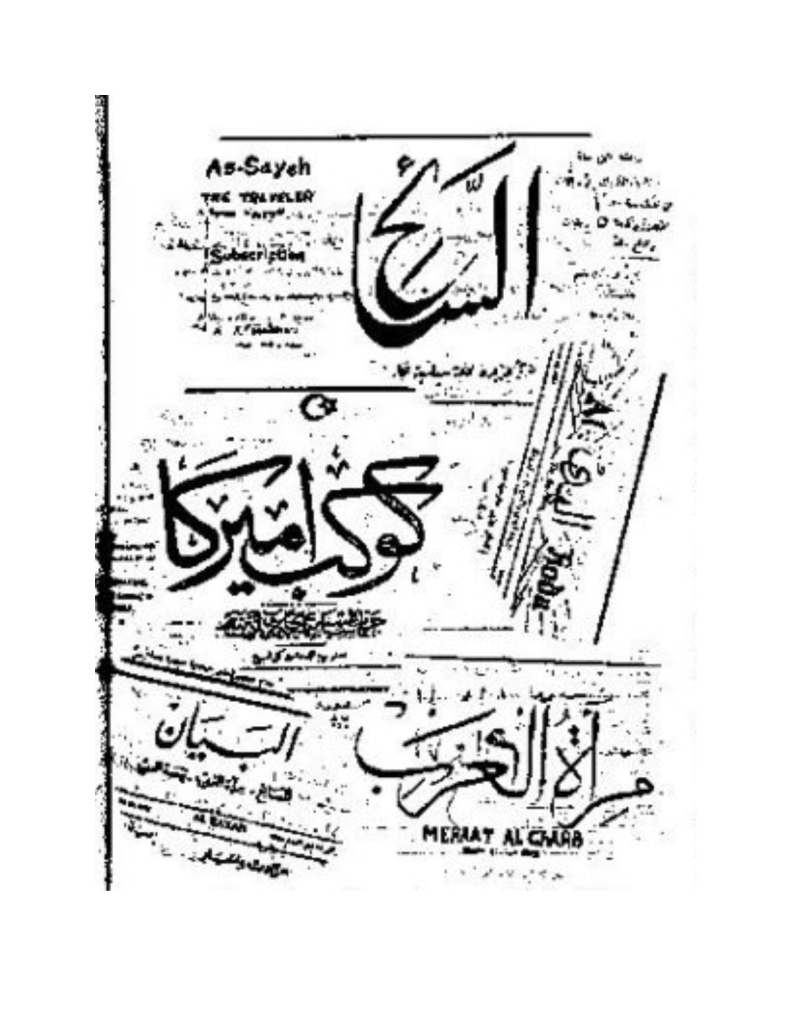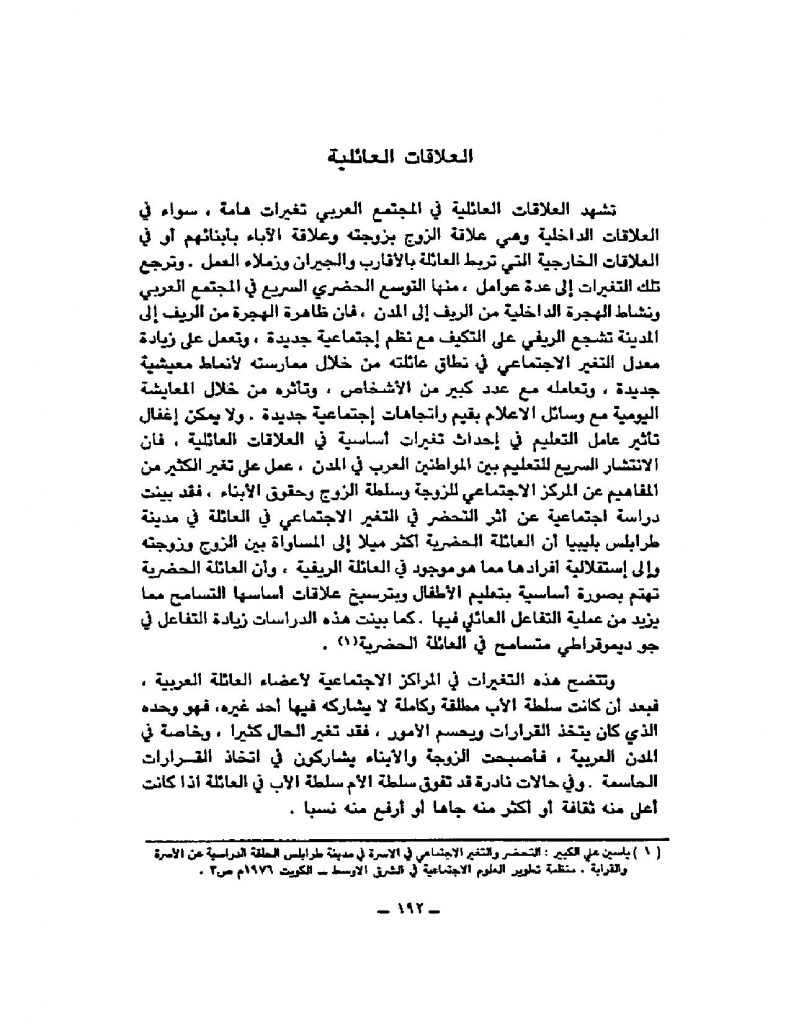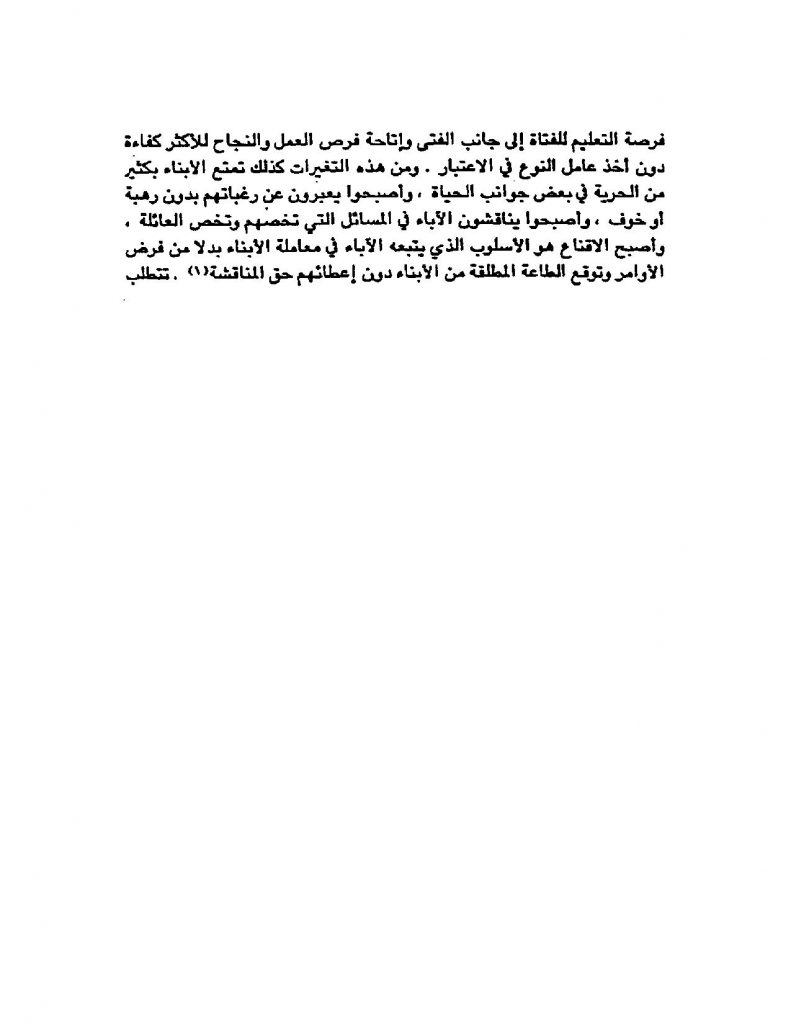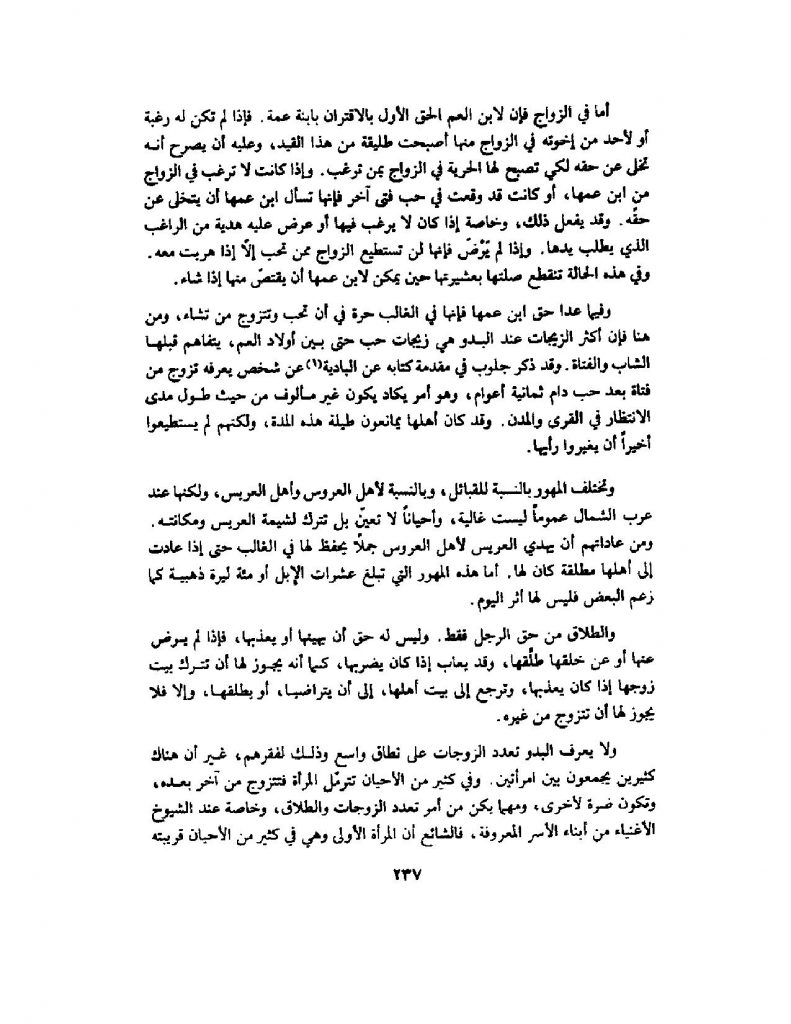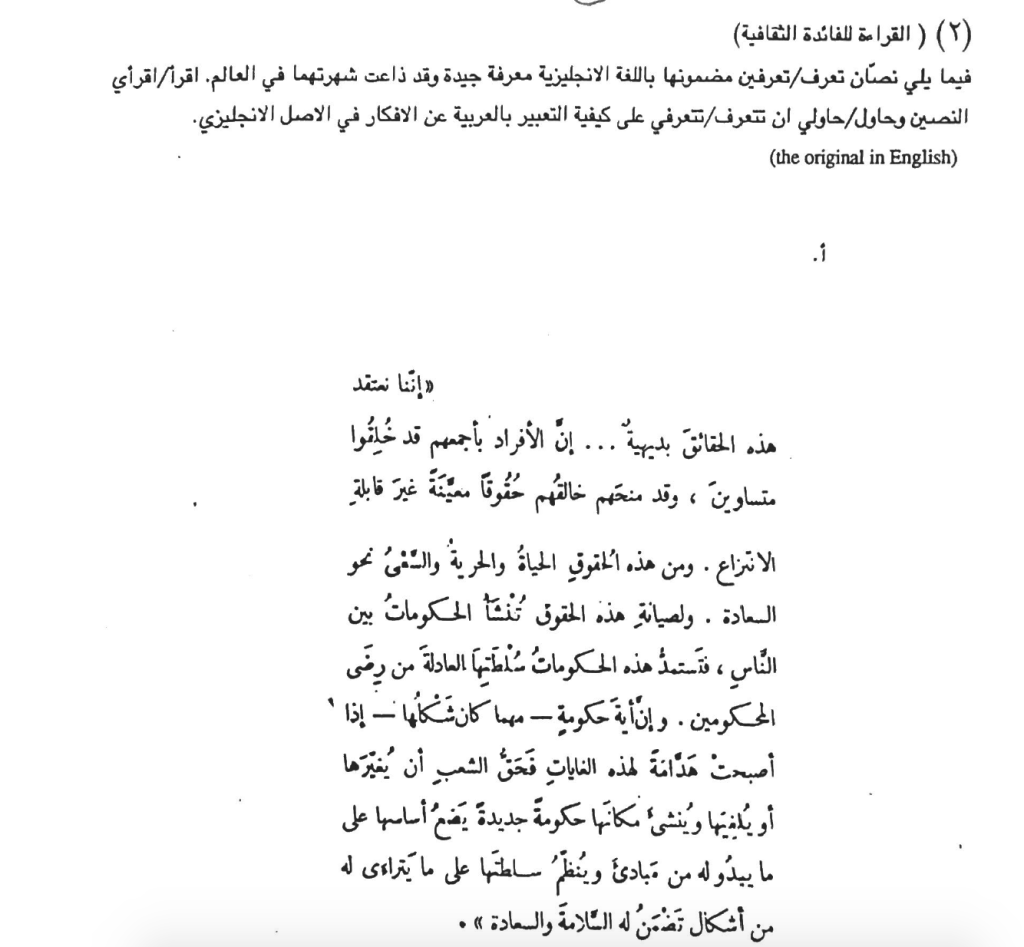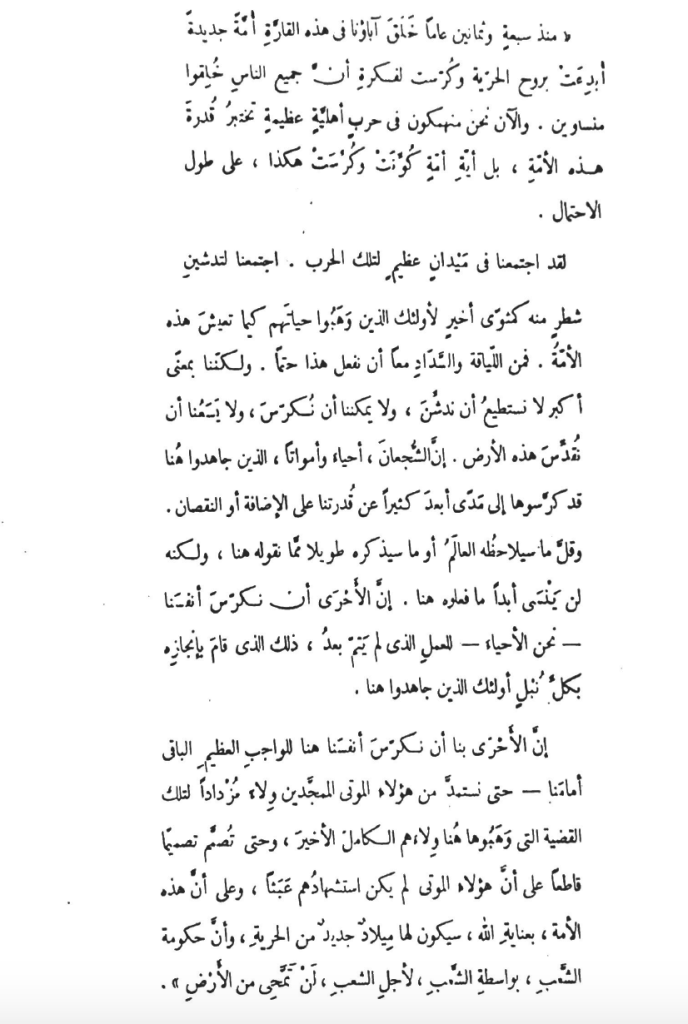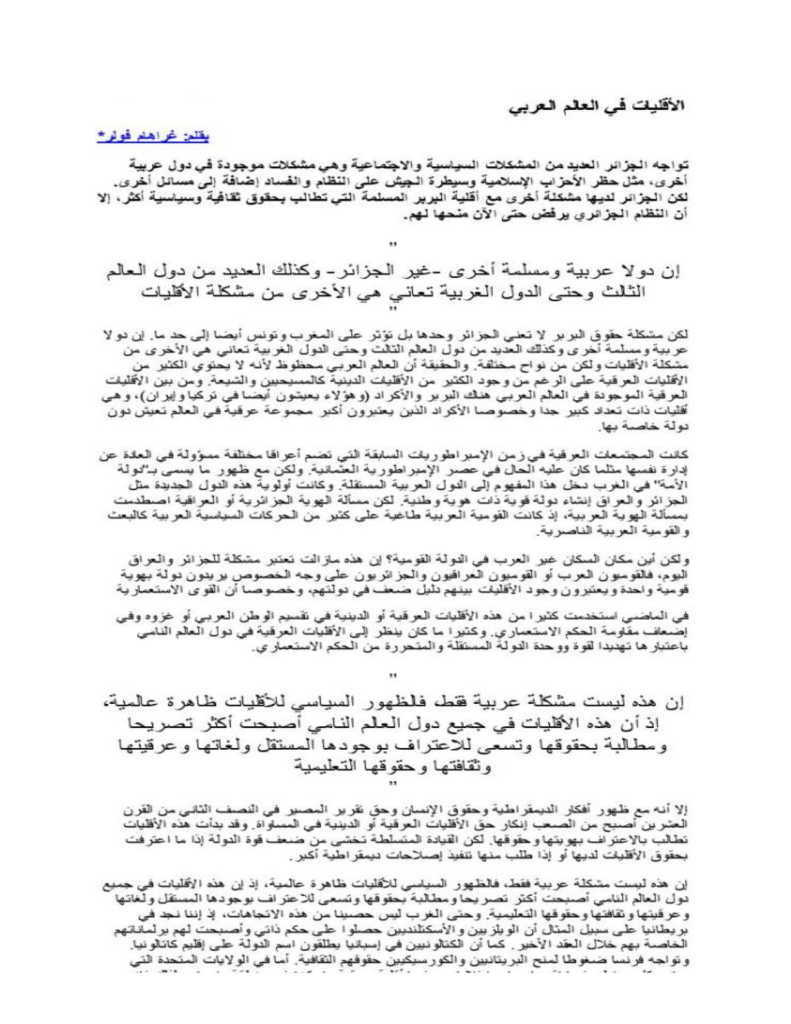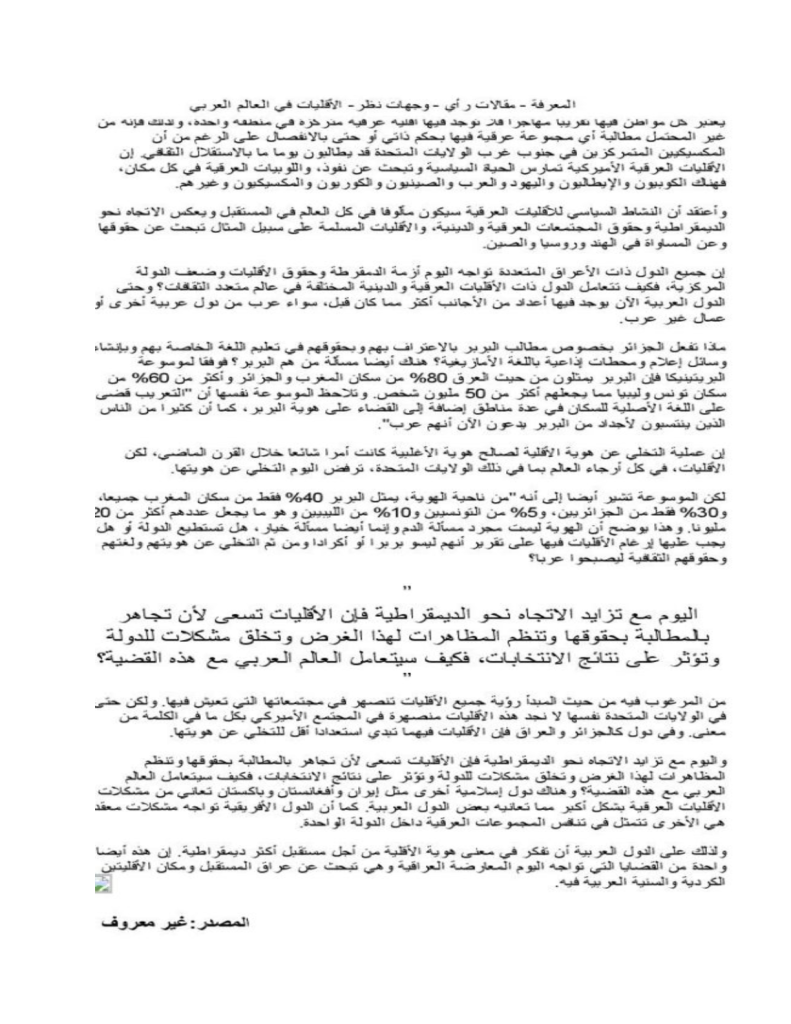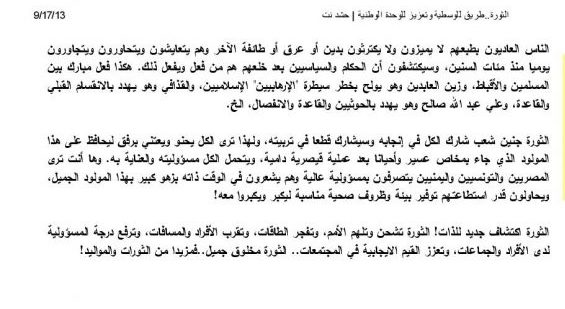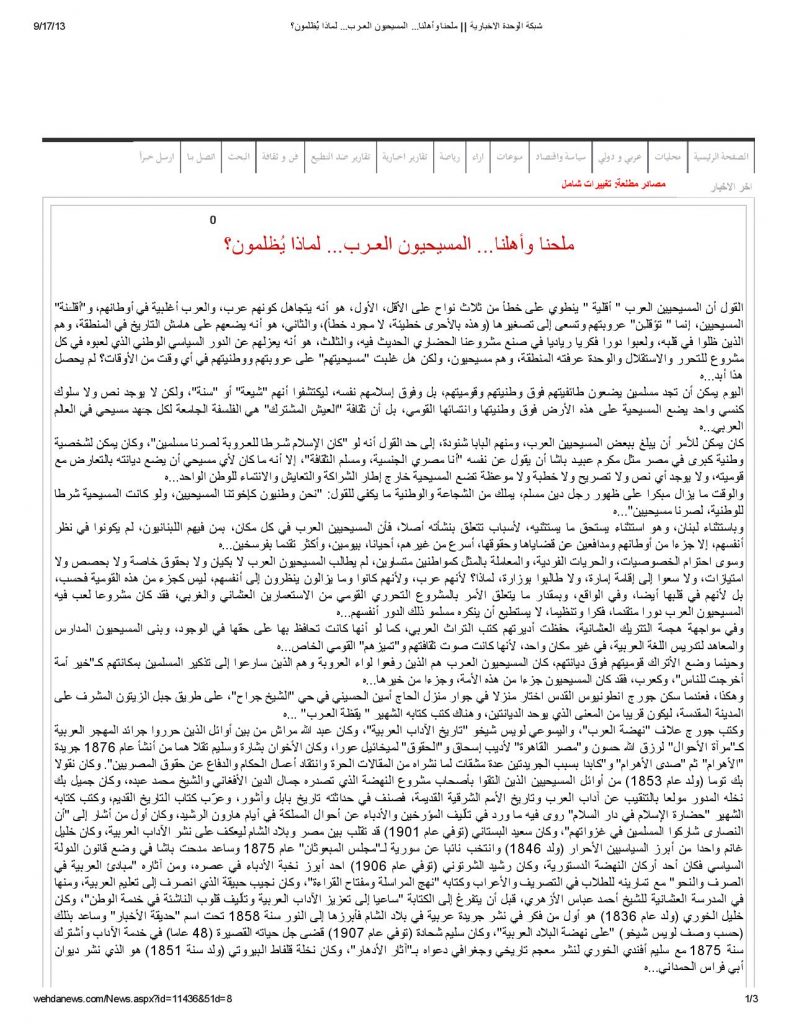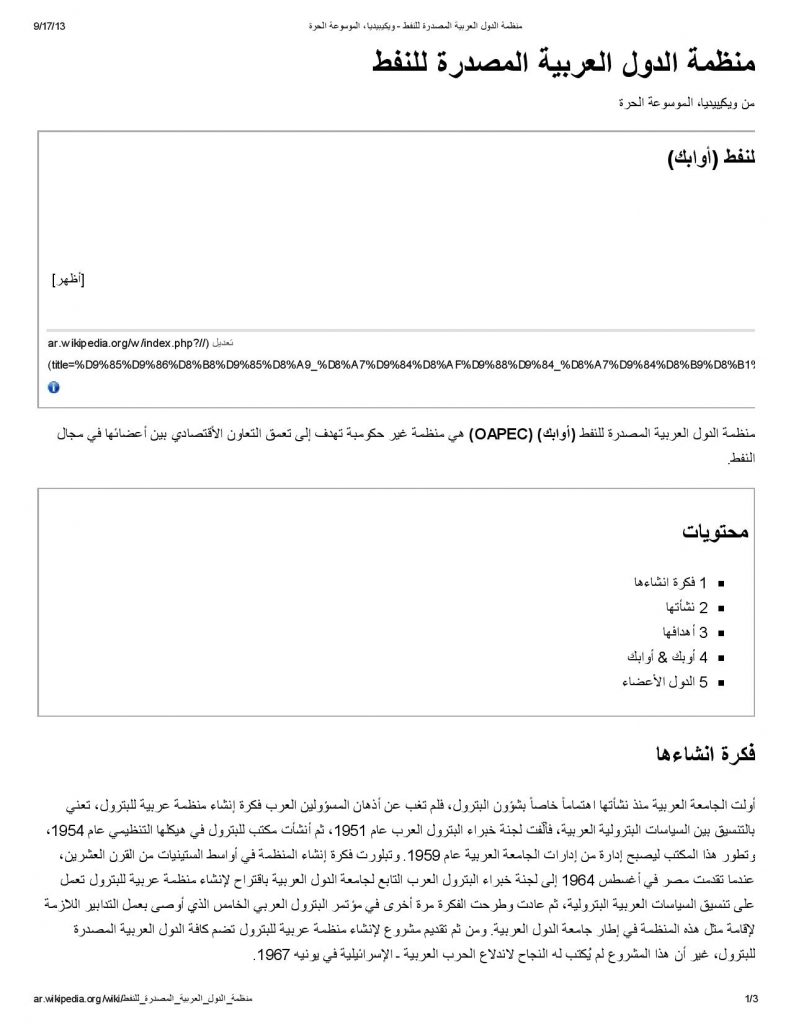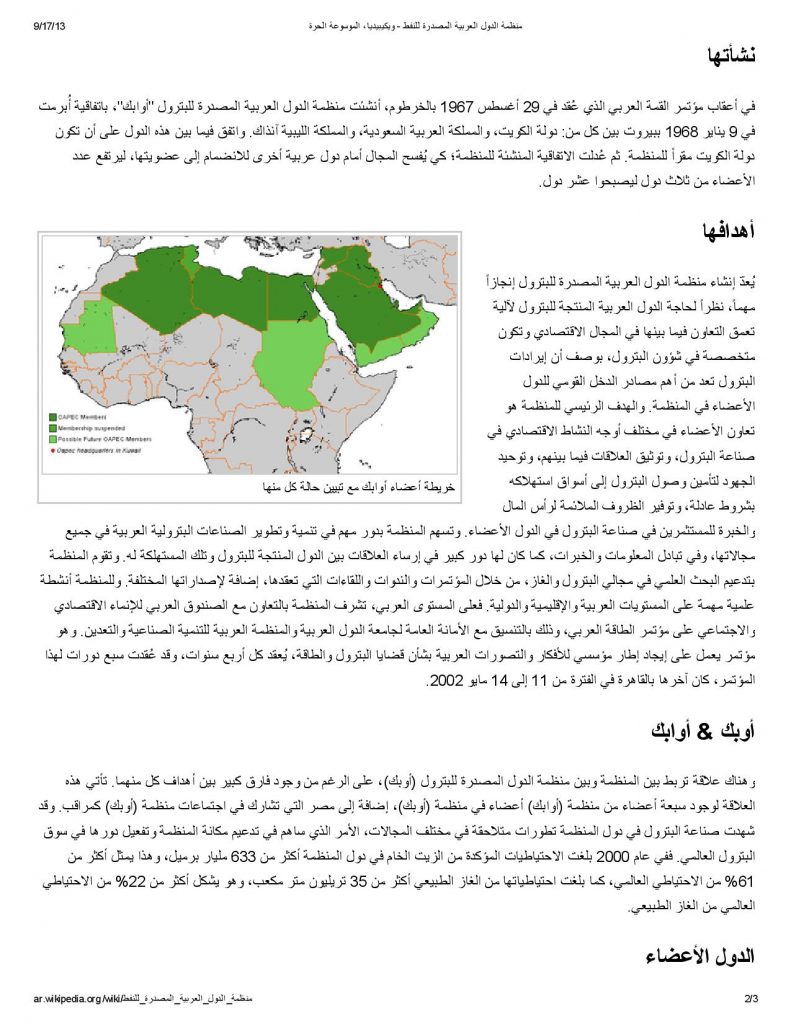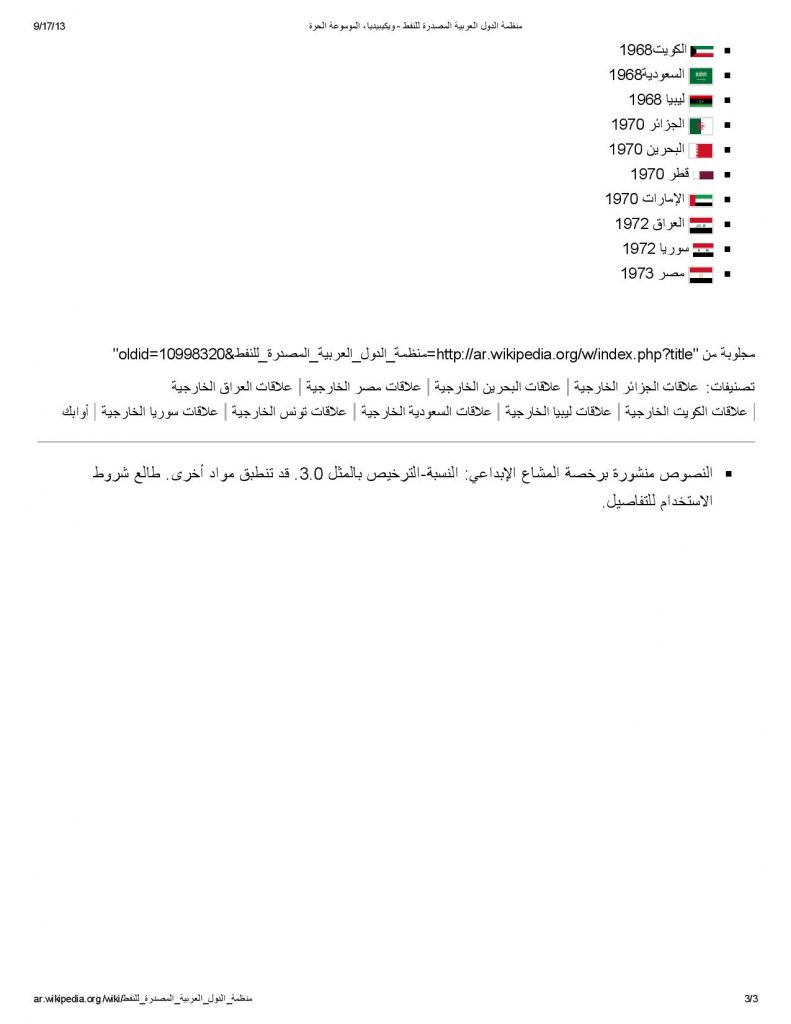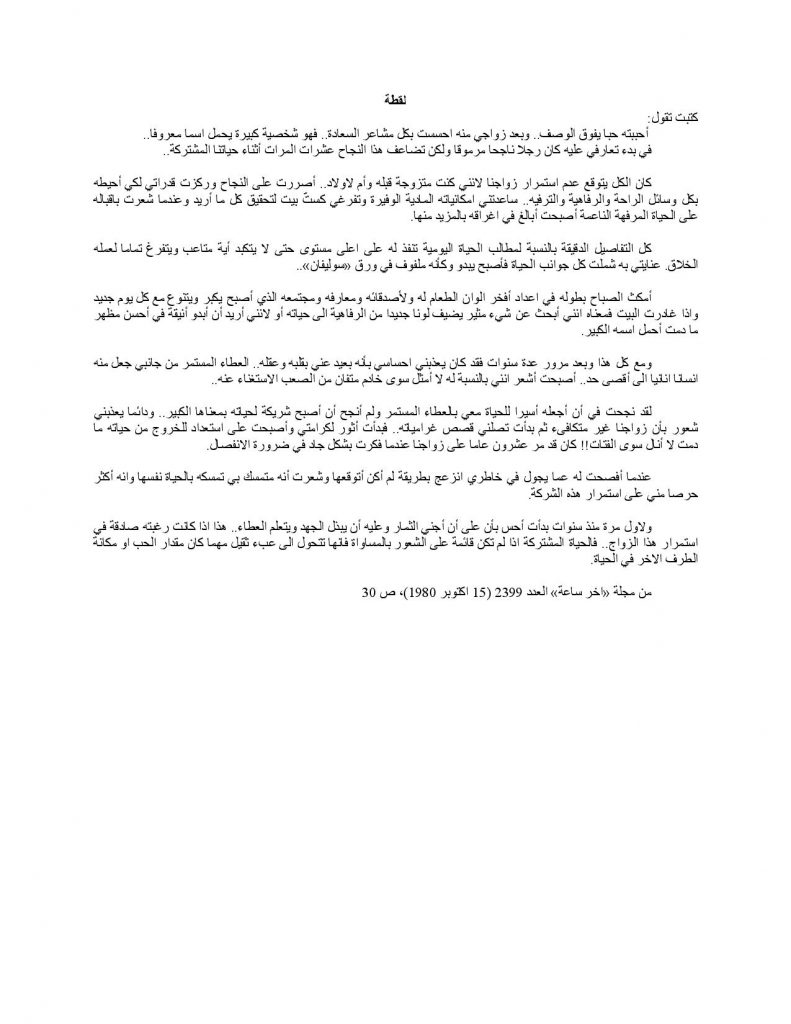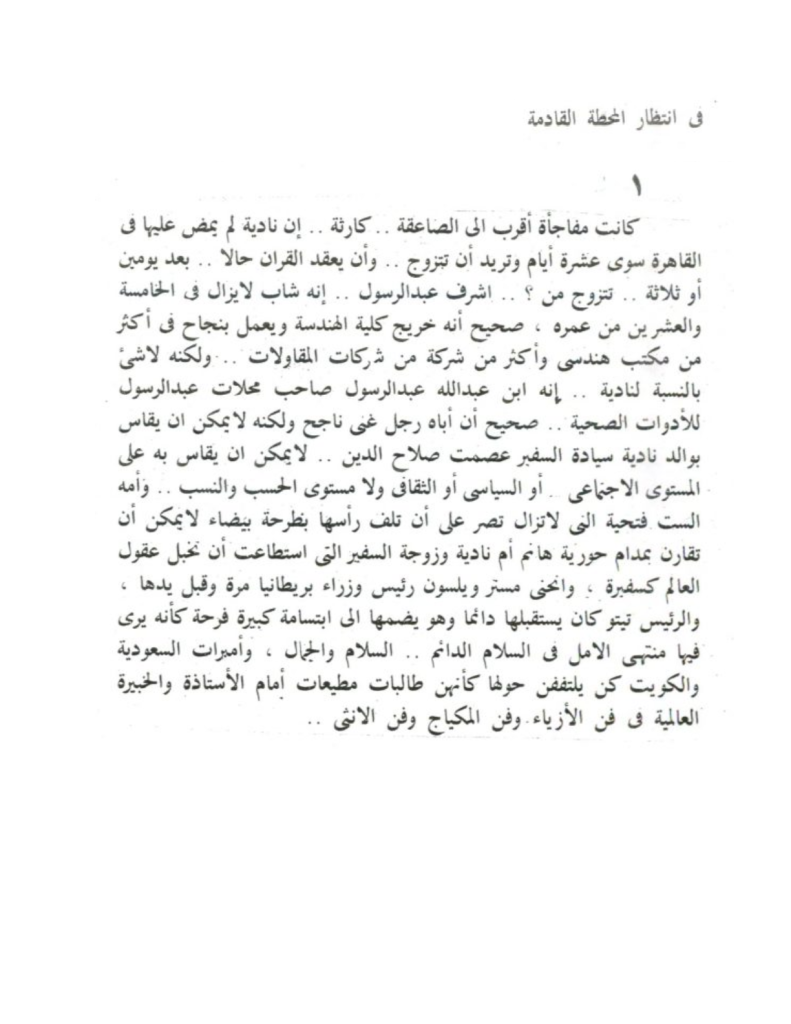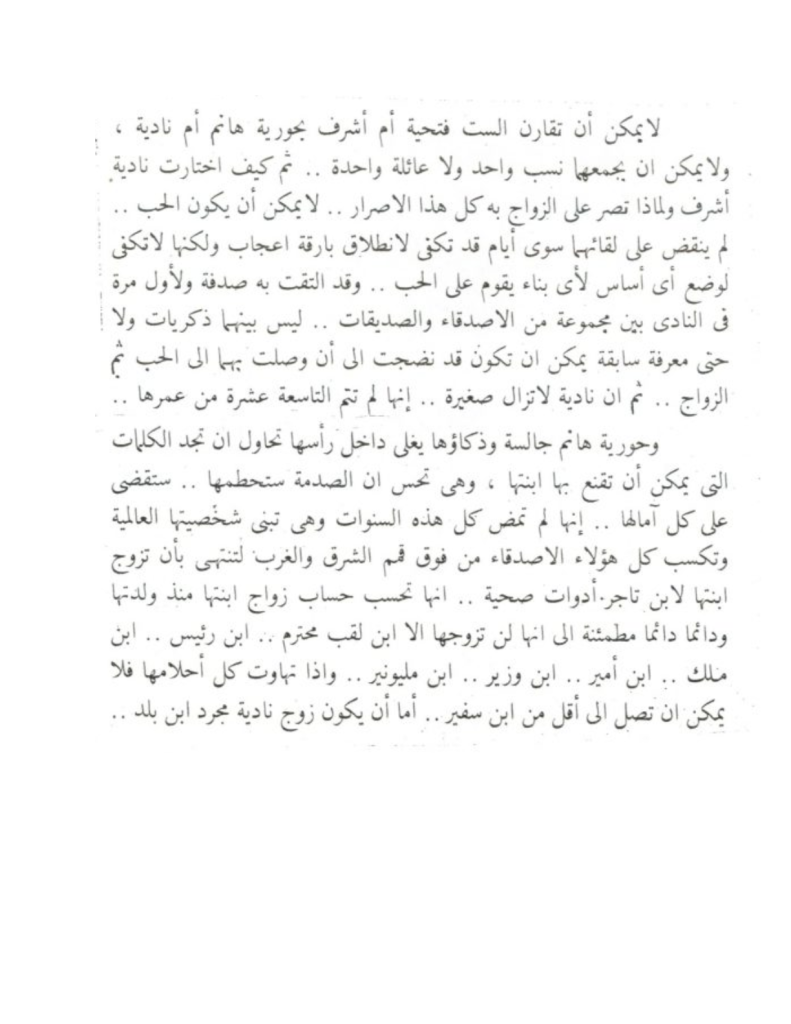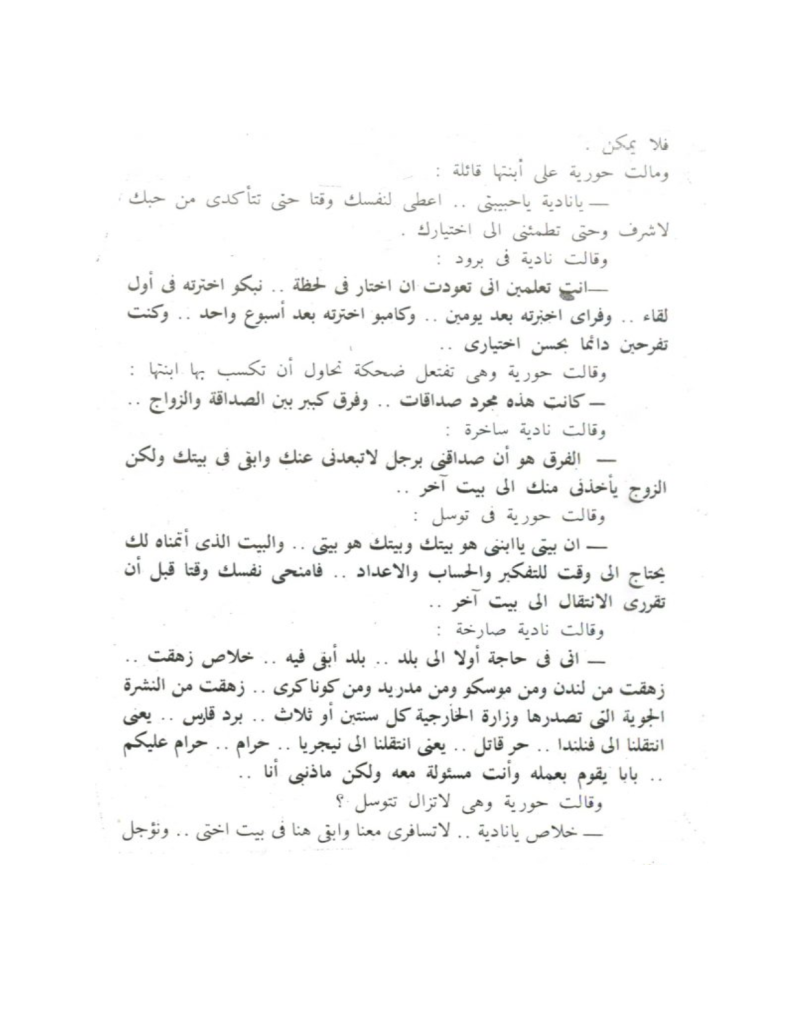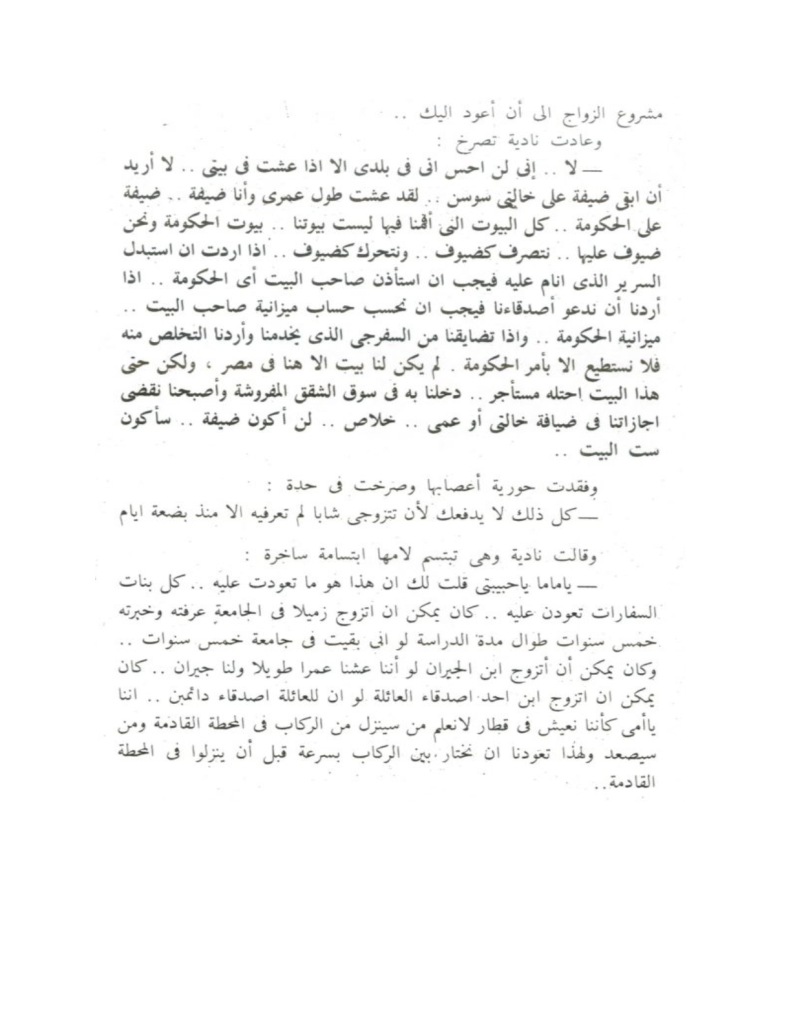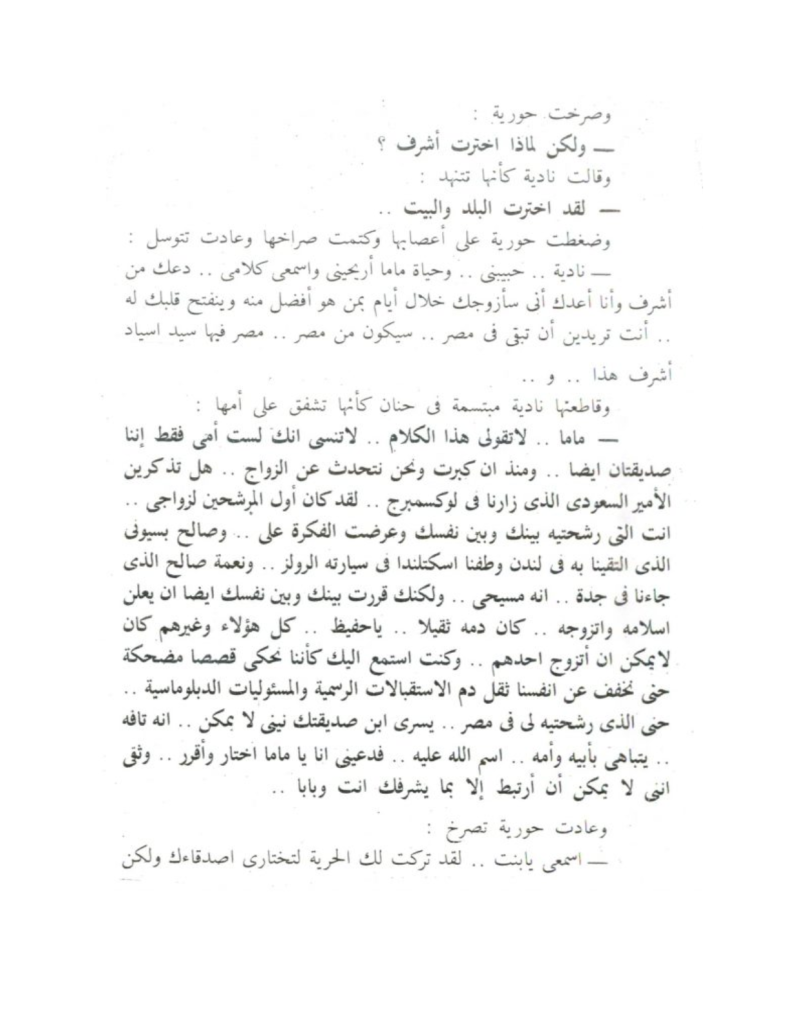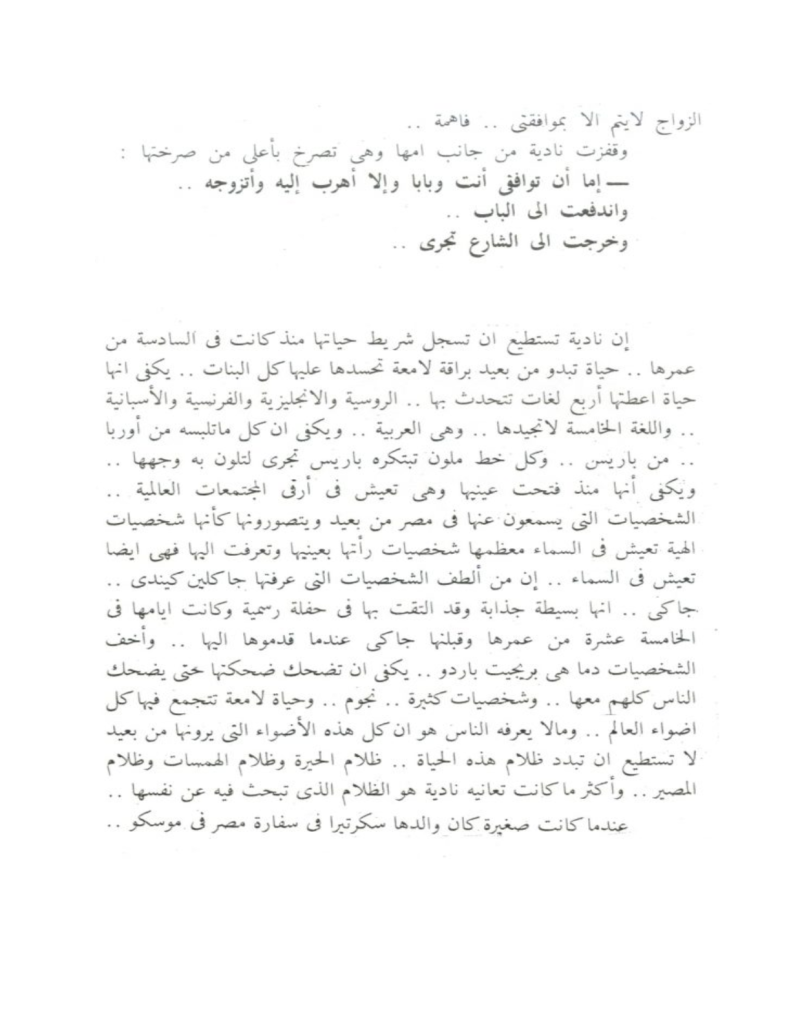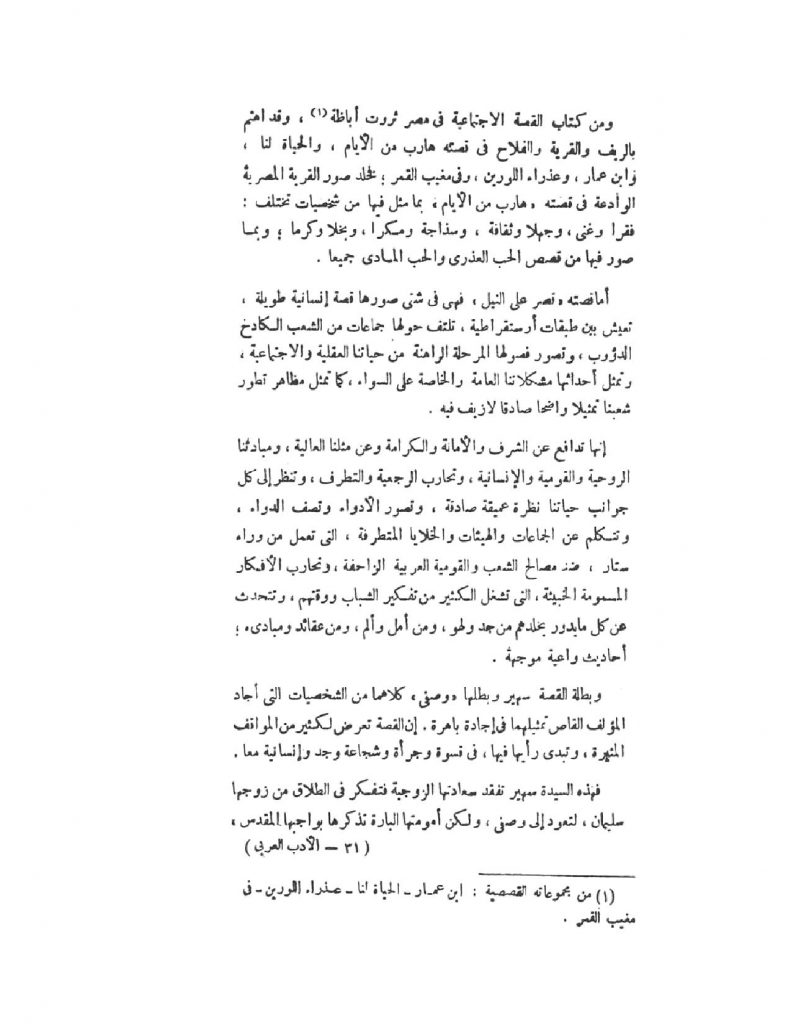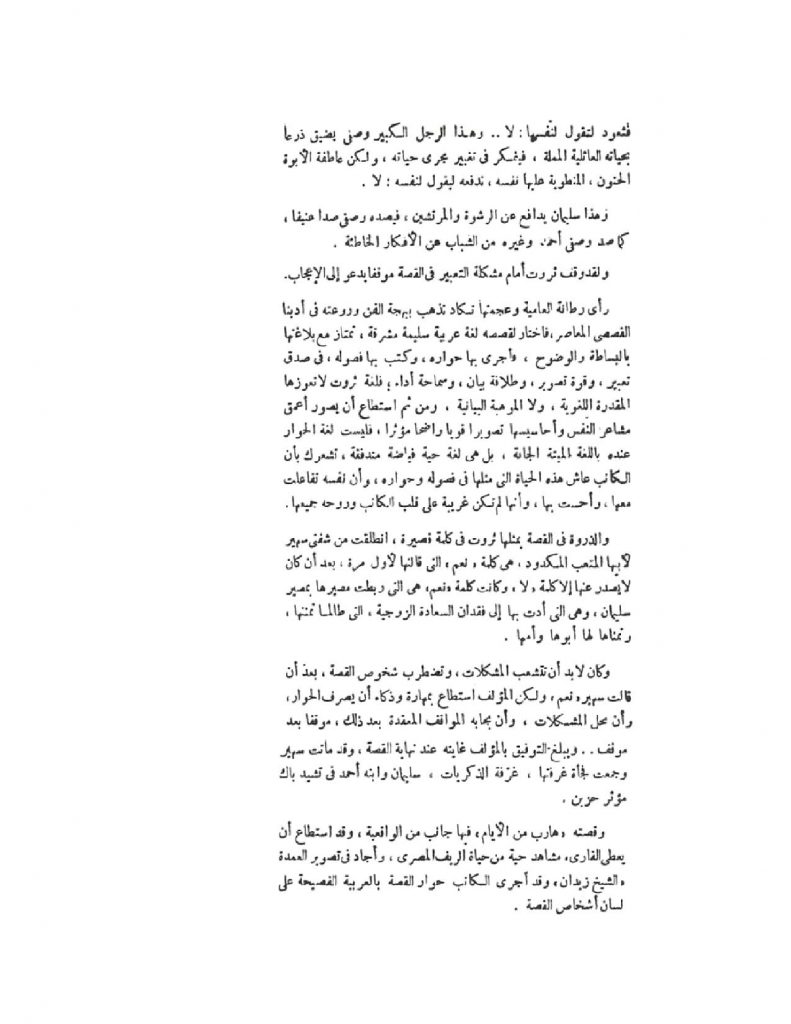The Diacritic Signs حركات الشكل/ التَشْكيل
The English term for writing the diacritic signs on Arabic texts is called “vocalization”; a text that has such written signs is called a vocalized text. The Arabic terms for vocalization in common usage by Arabs today is حركات الشكل/ التَشْكيل ‘to apply vowel and diacritic signs to a written text’. There is a total of 8 diacritical signs/marks in Arabic:
حركات الشكل/التشكيل: الفَتْحة ( َ)، الضَمّة( ُ) ، الكَسْرة( ِ) ، السُكون (ْ)
هَمْزة القَطْع (ء ) ، هَمْزة الوَصْل( ) ، الشَدَة ( ّ) ، المدّة (~)
As is well known, the diacritics including the short vowels are not provided consistently in Arabic textual materials, and most often are not provided at all but have to be figured out from context by the reader, as in vocabulary items , such as حكم, which can be determined as:
(“it was ruled, “he was judged” حُكِمَ , “arbiter, referee” حَكَمٌ
“wise sayings” حِكَمٌ / ”rule, reign, verdict, regimeحُكْمٌ ” )
and as in grammatical function indicators mostly at the end of words (such as signs for nominative etc. for nouns, and indicative, jussive etc. for verbs) , all in order to understand the content of sources such as newspapers and magazines, and in most books and other printed materials.
This makes the reading of such materials challenging.
However, it is essential to remember that providing the right diacritics, lexical and syntactic, including case endings in reading aloud and in the use of MSA orally, is required and expected of students at the advanced level and beyond.
In what follows, we describe, for review and implementation purposes, where and when in AMSAS we do not provide vowels or diacritics and where and when we do.
No Vocalization عَدَمُ تَشْكيل الكلمات بالحَرَكات
Vowel and diacritic signs are not provided in AMSAS where they are predictable, as in the following situations:
(i) right before a تاء مَرْبوطة , where it is always a فَتْحة, as in سَنة، جُملة، دَيْمومة
(ii) right before a long vowel, where the sign is the short vowel corresponding to the long vowel as in مَفاعِل، مَفْعول، مَفاعيل
and (iii) in well-known and easily retained nominal and verbal endings .
In addition, in AMSAS:
- vowels and diacritic signs are also not supplied in the Reading Aloud sections (in Part Three of Lessons 1 – 15), which, however, have been recorded and are accessible on the website for students to practice reading aloud after listening to the recording.
- new vocabulary items, once introduced in a lesson are not vocalized in subsequent lessons.
- new, unfamiliar words, inserted for temporary usage and need, and vocalized in the Basic Texts or elsewhere, are continually vocalized and may rarely appear later without vocalization.
- no vowels or diacritics are provided in the lesson titles except on words which, though unfamiliar, are part of the new vocabulary items of that lesson, such as, for example the word أَدْمِغة in Lesson 20.
Vocalization الشَكْل /التشكيل بالحَرَكات
In AMSAS we chose to provide diacritics to the following items in order to help in the process of correct pronunciation, reading fluency and of comprehension. It is very important to learn and apply the following statements, which will help in the process of learning and raising consciousness of what diacritics to use and apply both orally and in writing. Thus, first, full vocalization in all twenty lessons is provided on:
To be consistent, let us continue using the roman numbers ….
(i) newly introduced vocabulary items (section B in Part One) and Cultural items (Section C in Part One),
(ii) unfamiliar vocabulary items, wherever they first occur,
(iii) the titles of lexical and grammatical items in Part Two),
(iv) Essential Vocabulary in Parts Five and Six (i.e., on words in the form they appear in the Reading and Listening Comprehension passages,)
and on all items in Part Seven.
Furthermore, vocalization is also provided in many other cases throughout the book, as in what follows, for review and reinforcement purposes, and hopefully studied and learned:
(i) broken plurals، صَناديقُ (جَمْع التَكسير: مَساجِدُ
(ii) new triliteral verbs and their verbal nouns:
عَمِلَ يَعْمَلُ عَمَلٌ؛ نَفَعَ يَنْفَعُ نَفْعٌ ؛ صَعِدَ يَصْعَدُ صُعودٌ
(iii) verbs of Form IV(أفعل) and their verbal nouns أَسْعَدَ يُسْعِدَ إسْعادٌ
(iv) passive verbs and participles اُسْتُعْمِل يُسْتَعْمَل مُسْتَعْمَل
(v) newly introduced Arabic proper nouns. إحْسان عَبْد القُدّوس
(vi) to help eliminate ambiguities, as in:
أعْطَوْني ‘they gave me’ versus أعْطوني ‘give me!’ (pl.)
and يُحْزِنُني (‘he/it saddens me’ versus يُحْزِنّني ‘they ( f.pl.) sadden me’
(vii) in many cases, with final weak verbs in the jussive and with no apparent subject marker or with no object pronouns provided , as in:
، ‘he did not exclude’ لم يَسْتَثْنِ
‘he did not expect/wish’ لم يَرْجَ
‘he did not give’ لم يُعْط
(viii) adding هَمْزة القطع (ء) which, unlike همزة الوصلis pronounced wherever it occurs, at the beginning , in the middle, and the end of words, to distinguish it from همزة الوصل which usually occurs at the beginning of verb forms 7,8,10 and their verbal nouns or at the ‘alif of the definite article when preceded by a noun, as in the following examples:
همزة القطع: جاء ، سماء – أوطان ،إسلام – سأل ، سؤال ، مشيئة – شيئ ، مجيئ
همزة الوصل: انصرف –انصراف ، استقبل – استقبال ، كتابُ الطالب
This practice is often ignored by many learners influenced by the colloquial who always wrongly pronounce it and write it like hamzat al-qat’ .
In fact, most Arabic keyboards lack a key sign for hamzat al-waSl and the situation thus requires careful observation and application.
For further review, look in AMSAS for other examples of القطع همزة, and practice pronunciation and correct written MSA form. Also for reinforcement purposes, it is useful to read the section on همزة القطع in the book by Ron Buckley pp.11-18 and in El said Badawi pp, 11-15 [1]. and also check Google for detailed information about همزة القطع وهمزة الوصل (من حيث النطق والكتابة) with ample examples.
(x) The diacritical sign الشَدَّة ( ّ) is placed on ياء النِسْبة ( يّ) )at least in the first fifteen lessons) as in وَطَنِيّ patriotic, nationalistic, native, indigenous …) in order to reinforce its use for students who delete it in MSA, as they do in colloquial Arabic. It is also most often provided on Form II verbs فعّل , , and on Form V verbsتَفَعّل and their verbal nouns, as in تَعَلُّق علّقَ، تَعَلَق.
(xi) The diacritics الشَدَّة والهَمْزة are placed onأنَّ/إنَّ/أنْ/ إنْ in Part One of the first five lessons (the new vocabulary section and the Basic Text), but not always beyond Lesson Five, as a reminder and reinforcement of the proper usage of an important syntactic and lexical written and spoken item that is frequently incorrectly used and mispronounced even by native speakers.
(xii) In AMSAS المَدَّة : (آ) is always provided and never omitted, as in:
قُرْآن ، آثار ، آمال ، مآسي، آلاف
Specific Diacritics ( بعض الضَوابِط المُعَيّنة الأُخرى )
(1) فتحتان “nunation” is also provided, such as at the end of words that end in ‘alif ( (ا as in: شكراًً كثيراًً، قائلاًً، شيئاً or ‘alif maqSuura (ى) ألف مَقْصورة or the vowel (ي) as in مستشفىً ، مبنىً .
(ii) In addition, we provided كسرتان “ nunation” to nouns ending in ي with only two case endings and not three : فَتْحَتان in the accusative and كَسْرَتان in the nominative and the genitive , such as :
قاضي (قاضٍ – قاضياً) ‘judge’ مُحامي (مُحامٍ – مُحامِياً ‘lawyer’مُحامون
(iii) vocalizing الأسْماء الخَمْسة (أبٌ، أخٌ، ذو، فو،حمو ) with their various forms where ever they occur.
For other details on these words, their forms, and various meanings, consult a dictionary or the other references given above.
A final note: A review of the new vocabulary items and expressions in the book, which are fully vocalized, and practicing again and again the task of providing appropriate vowels and diacritics in AMSAS and in the assignments students worked on, as well as re-reading the relevant notes in EMSA and IMSA, and the sources that deal with what they find in the references provided at the end of Part VI above such as Rumelhart, Krashen, Buckley, and Badawi, are all strategies that can contribute to increased understanding of the tasks to be done and are considered fundamental in second language acquisition.
.


